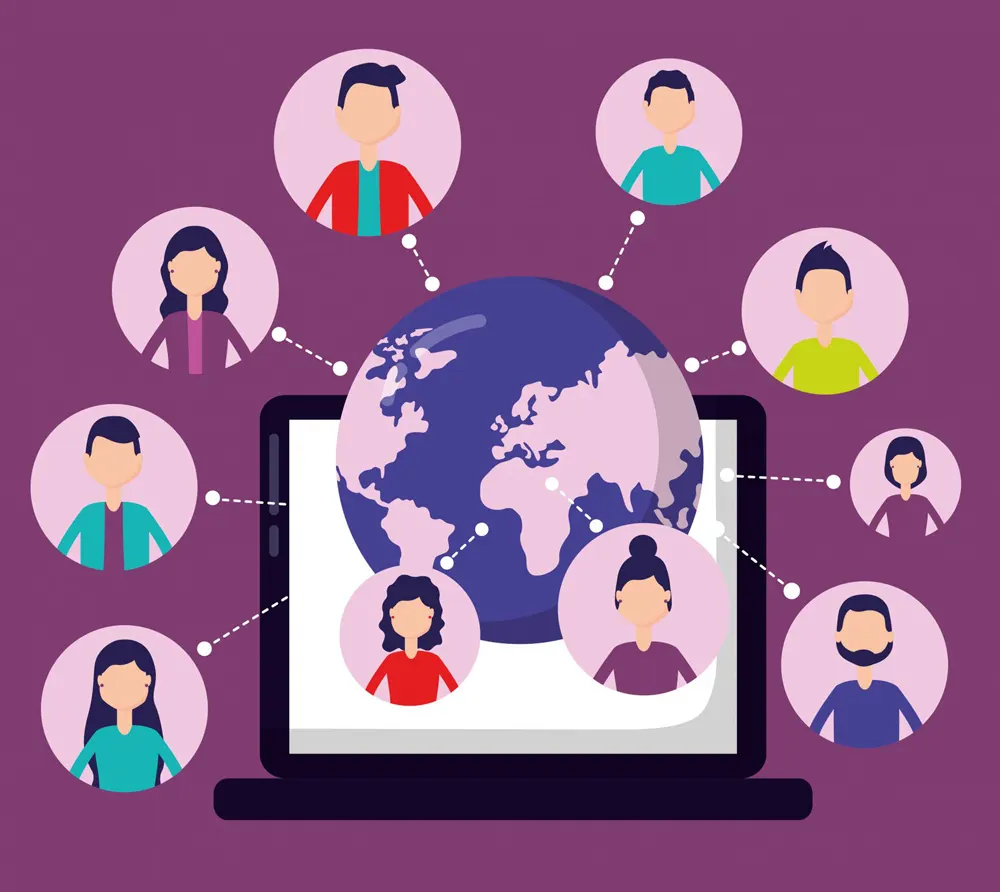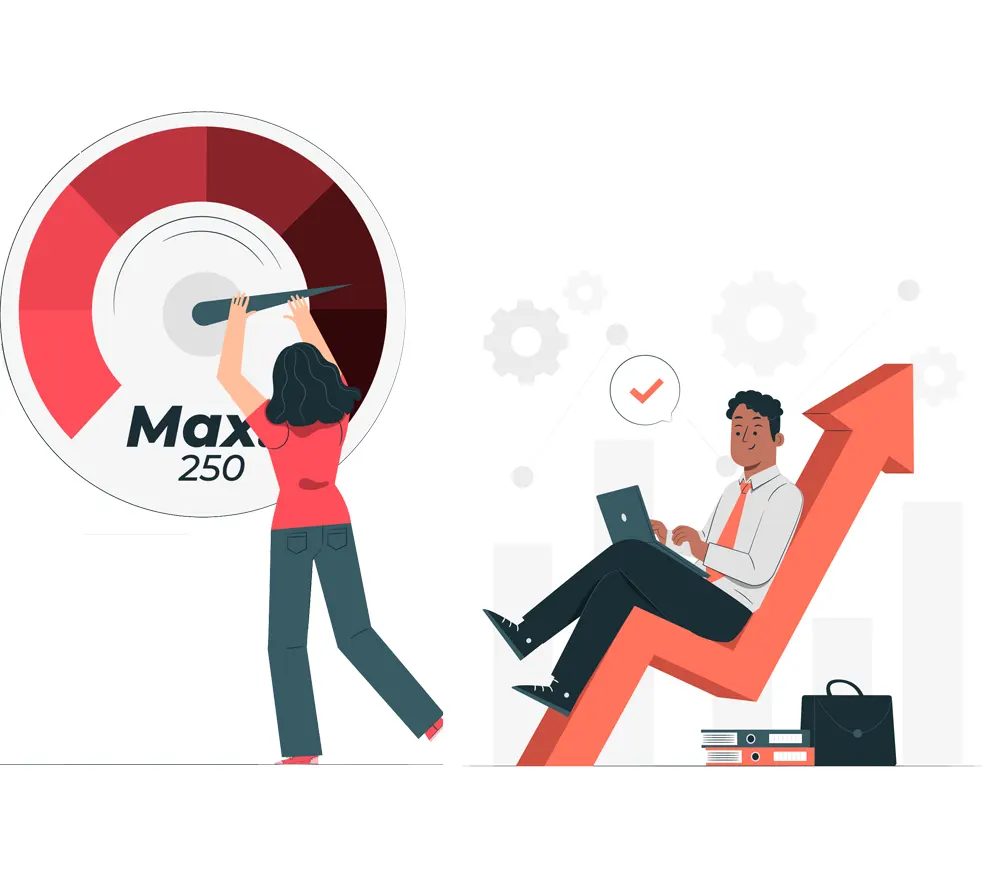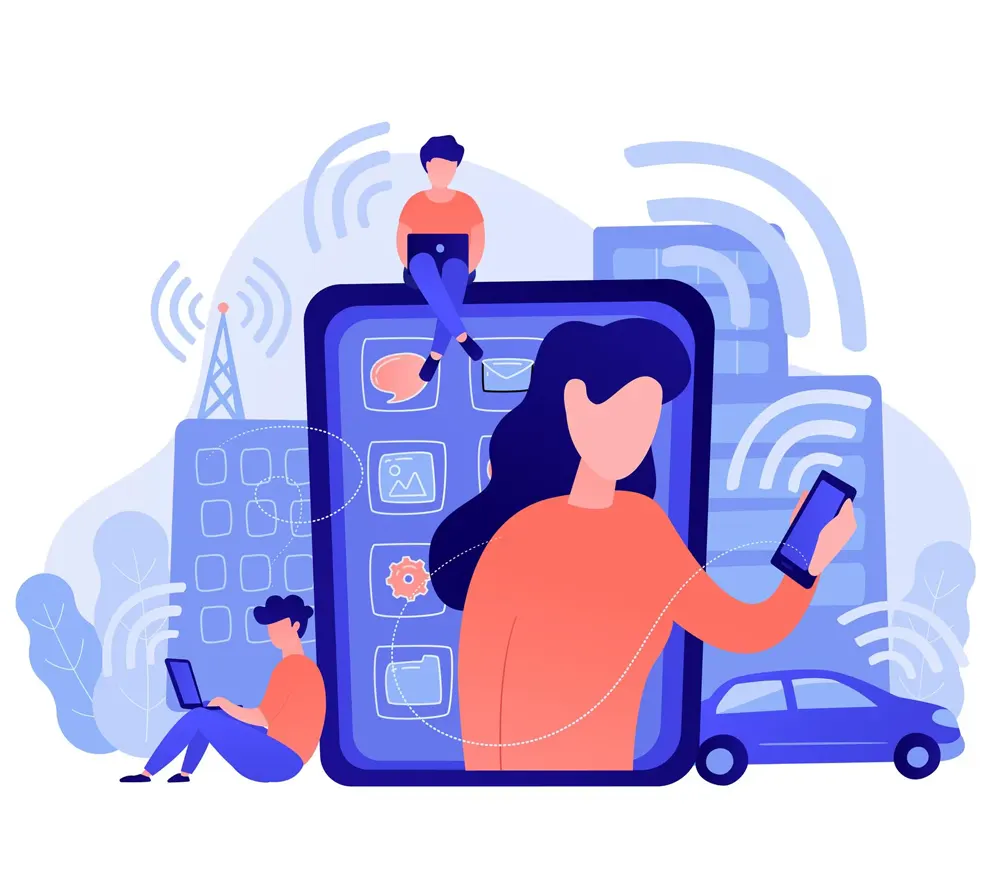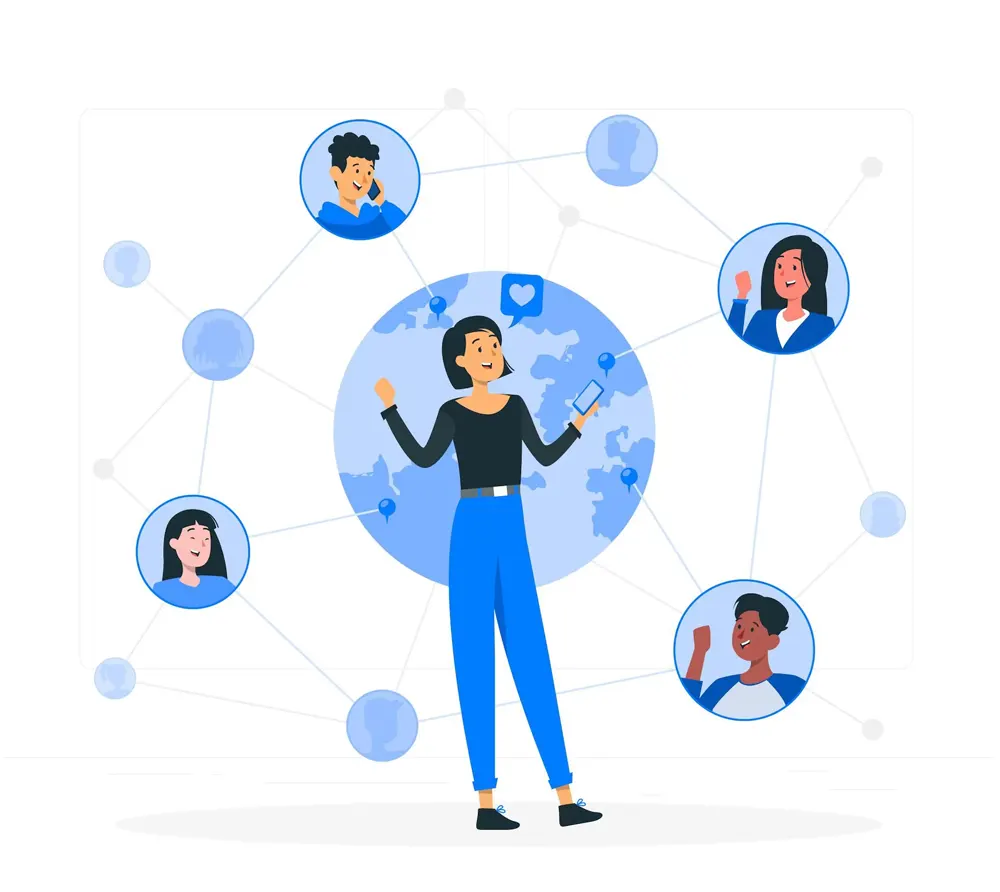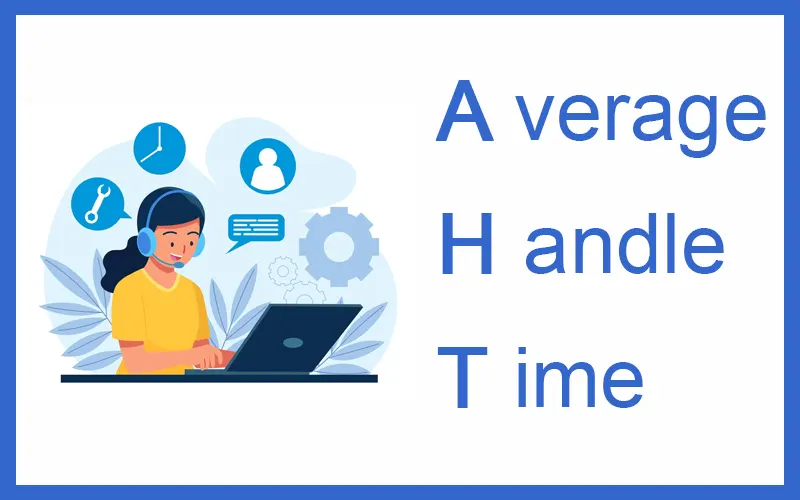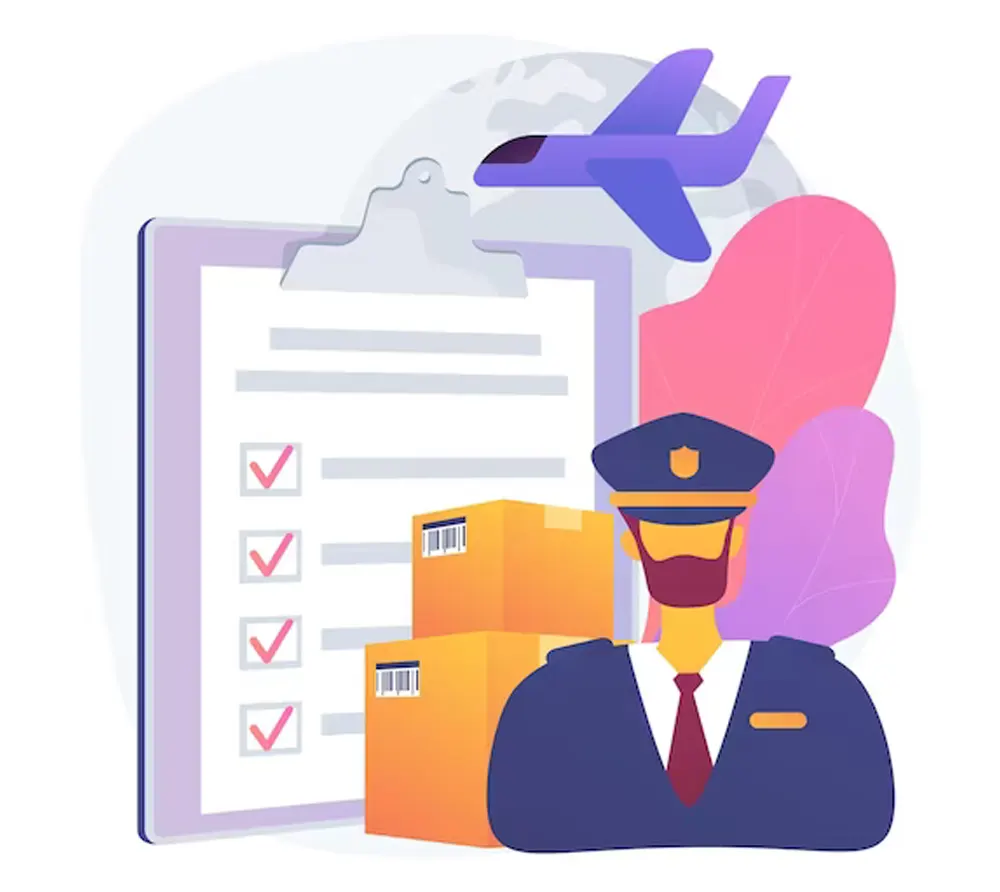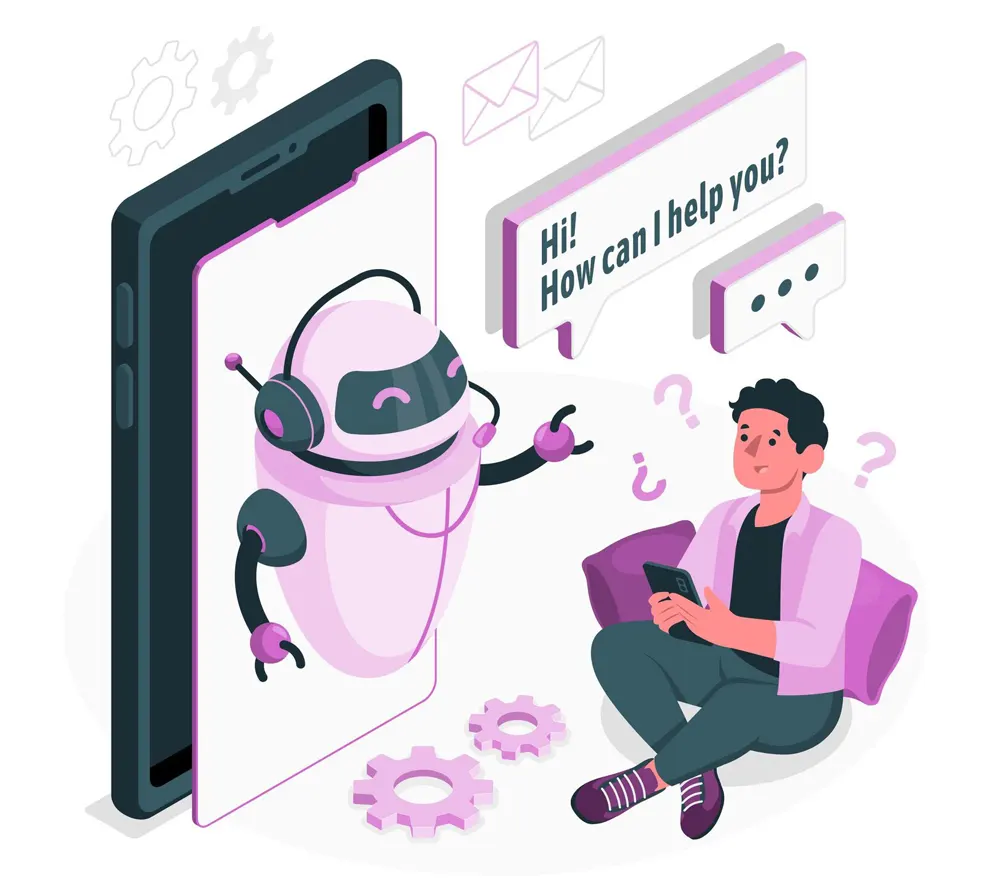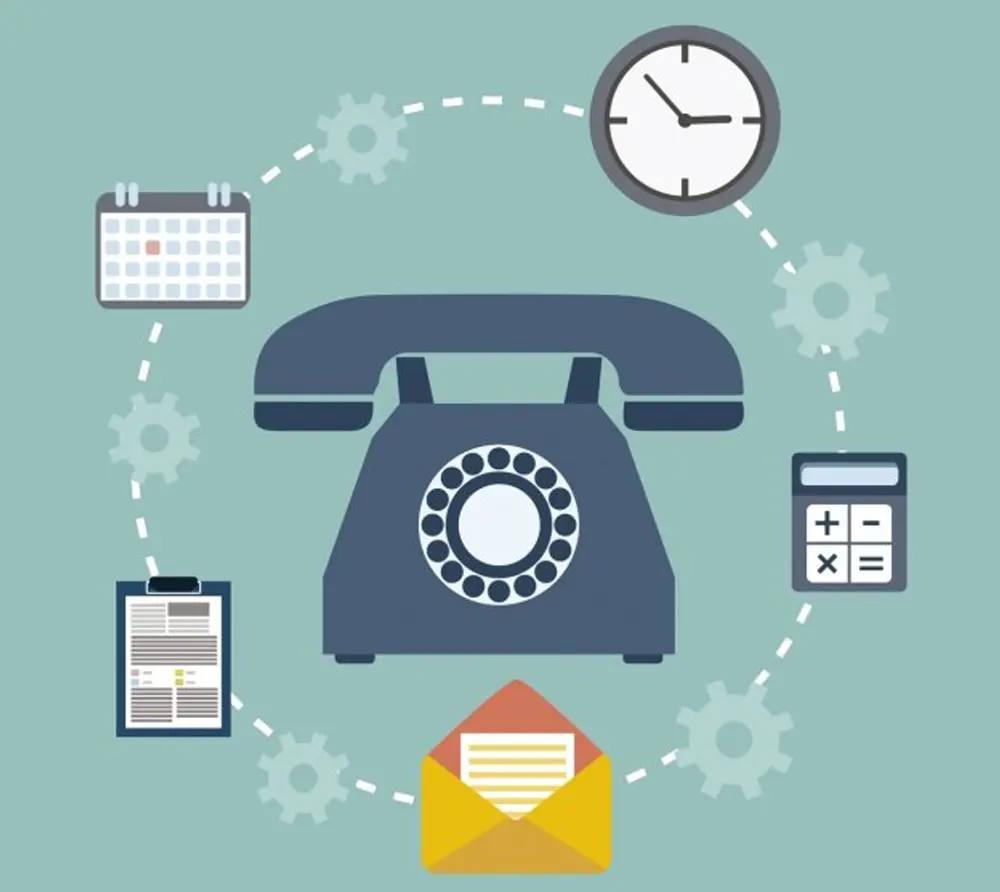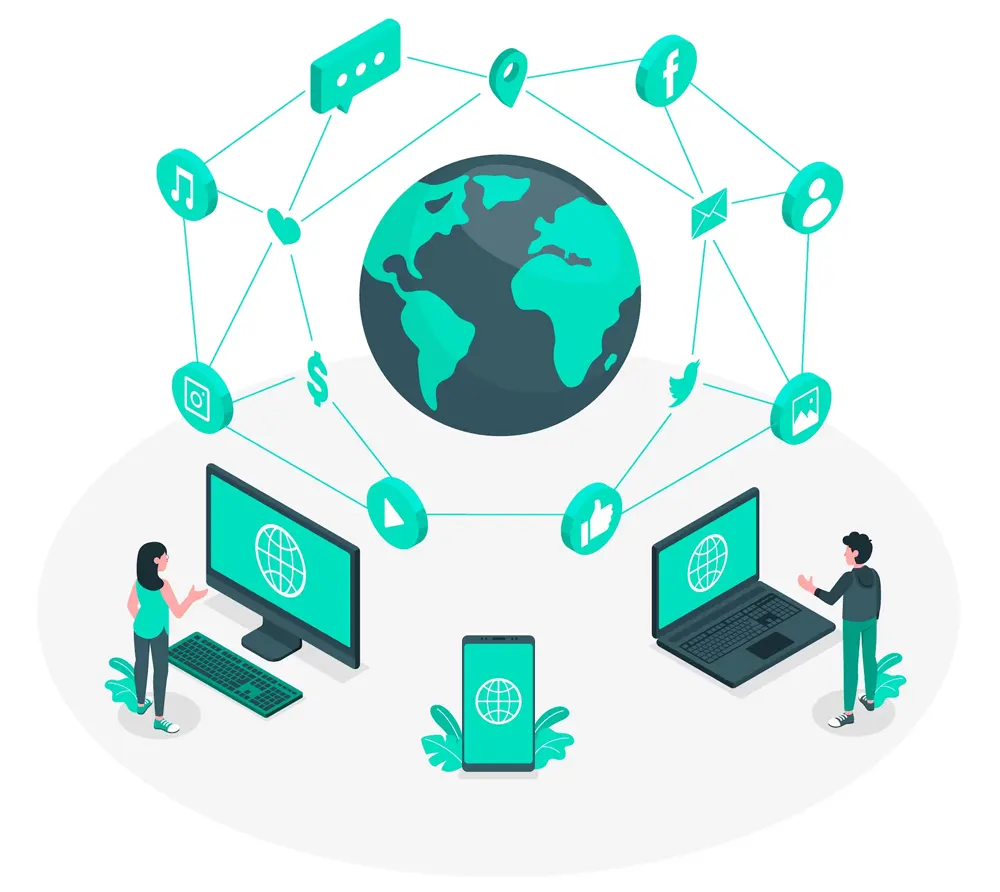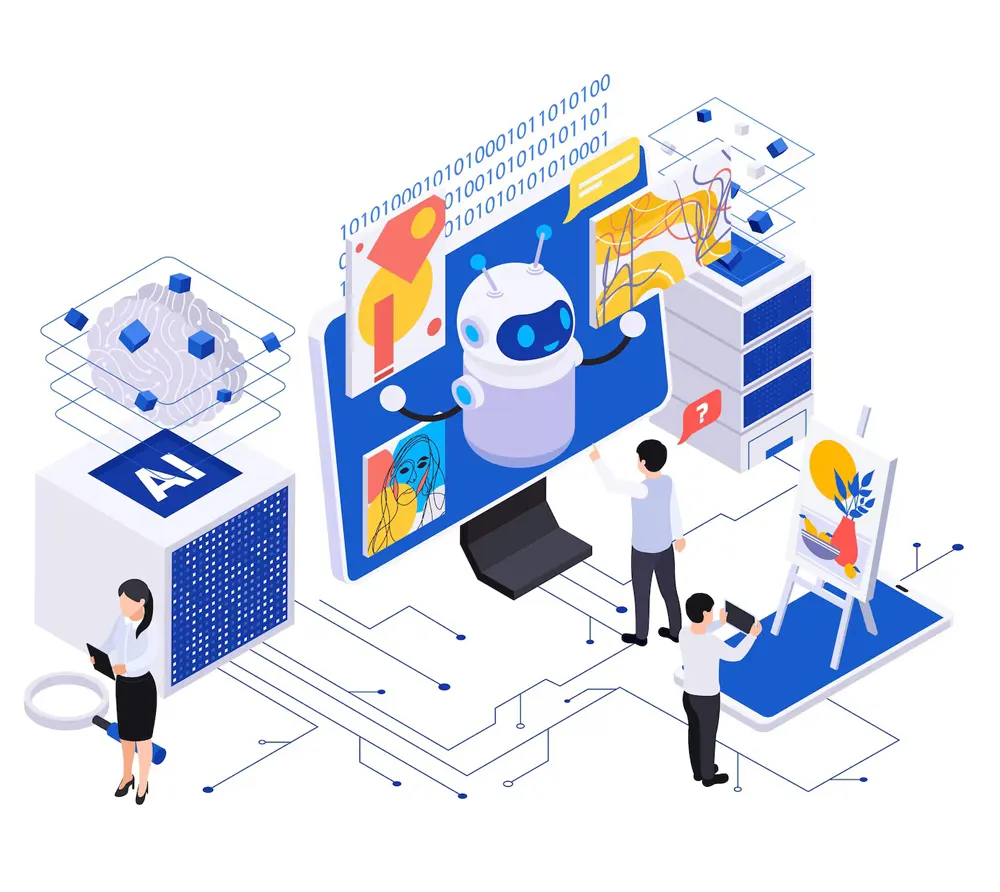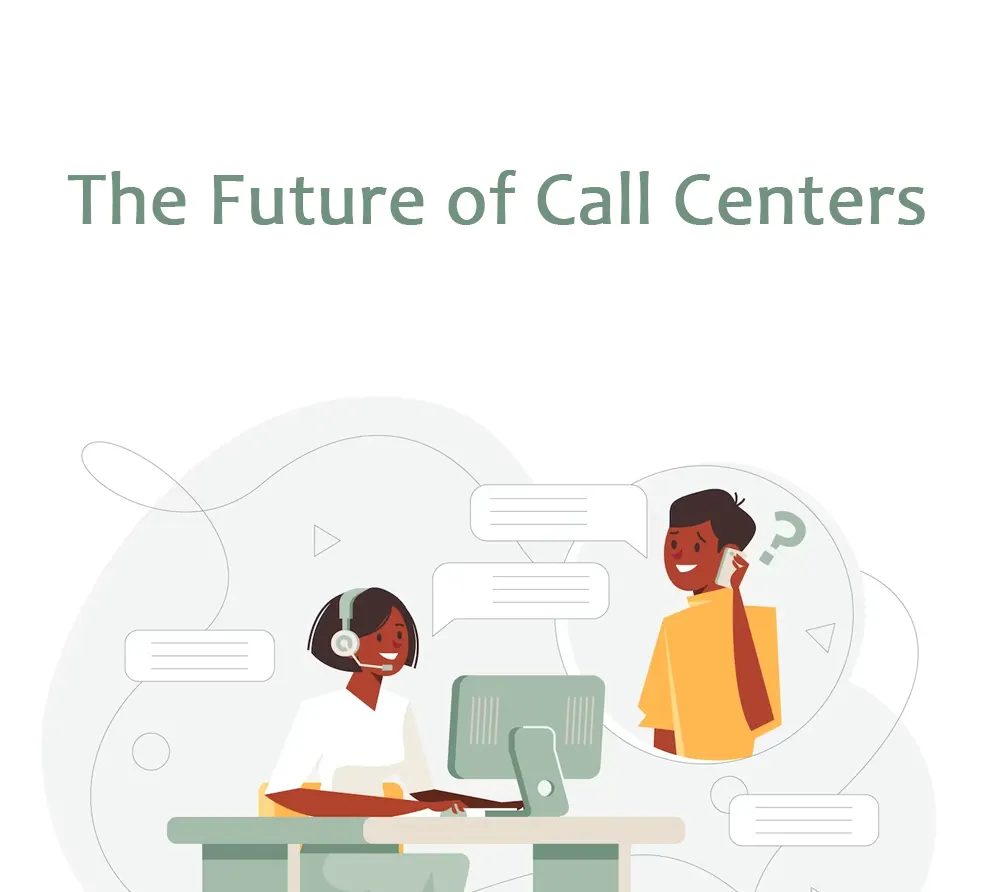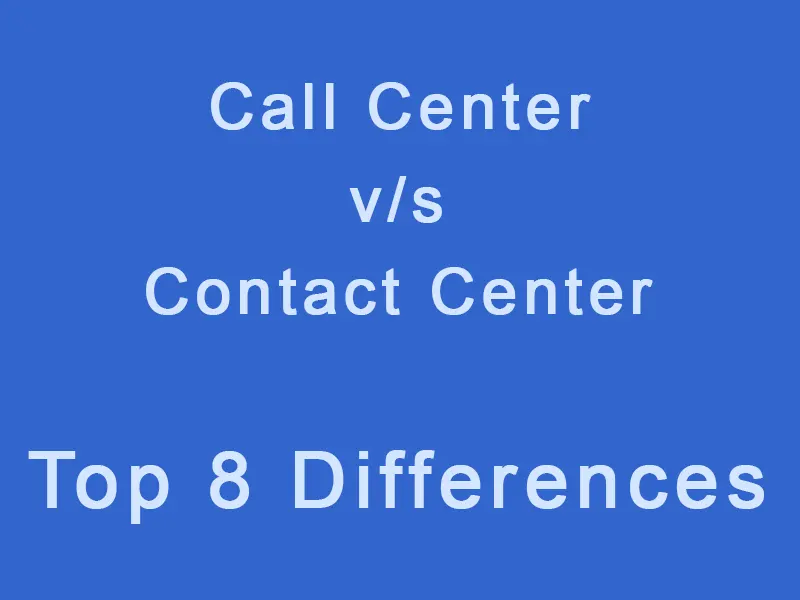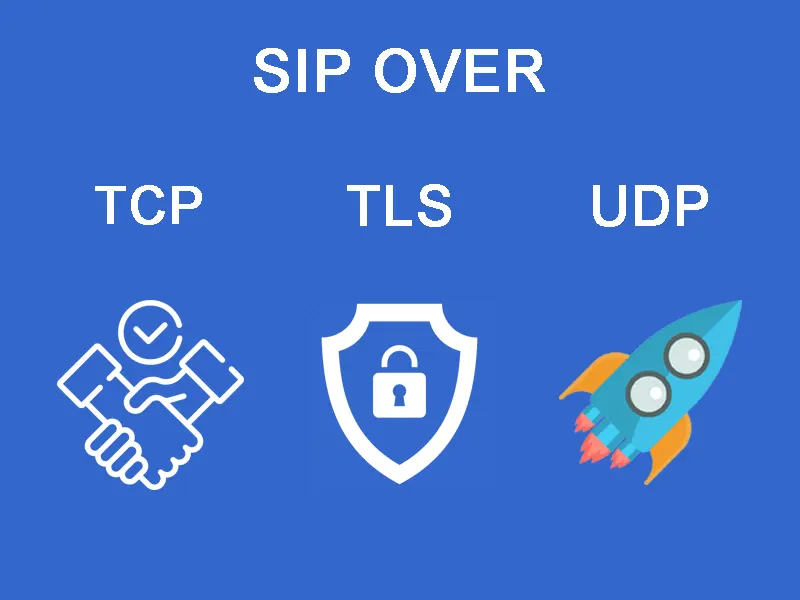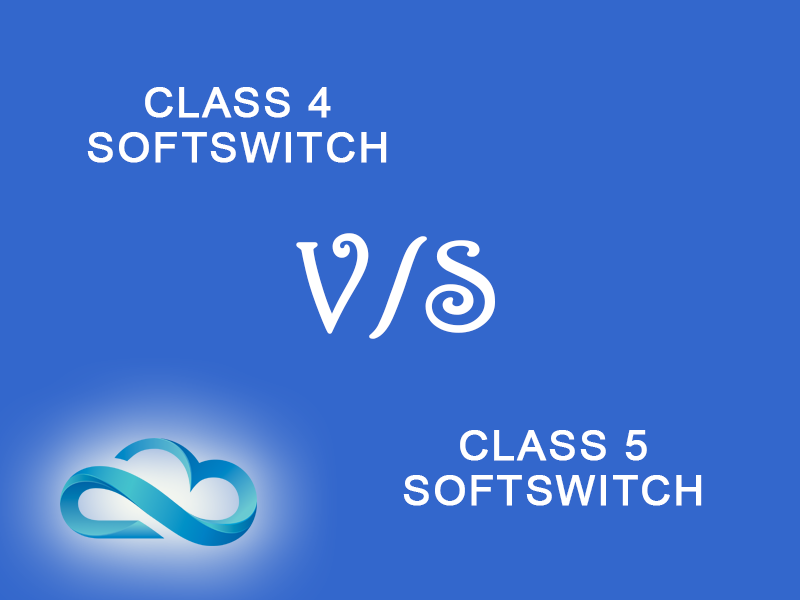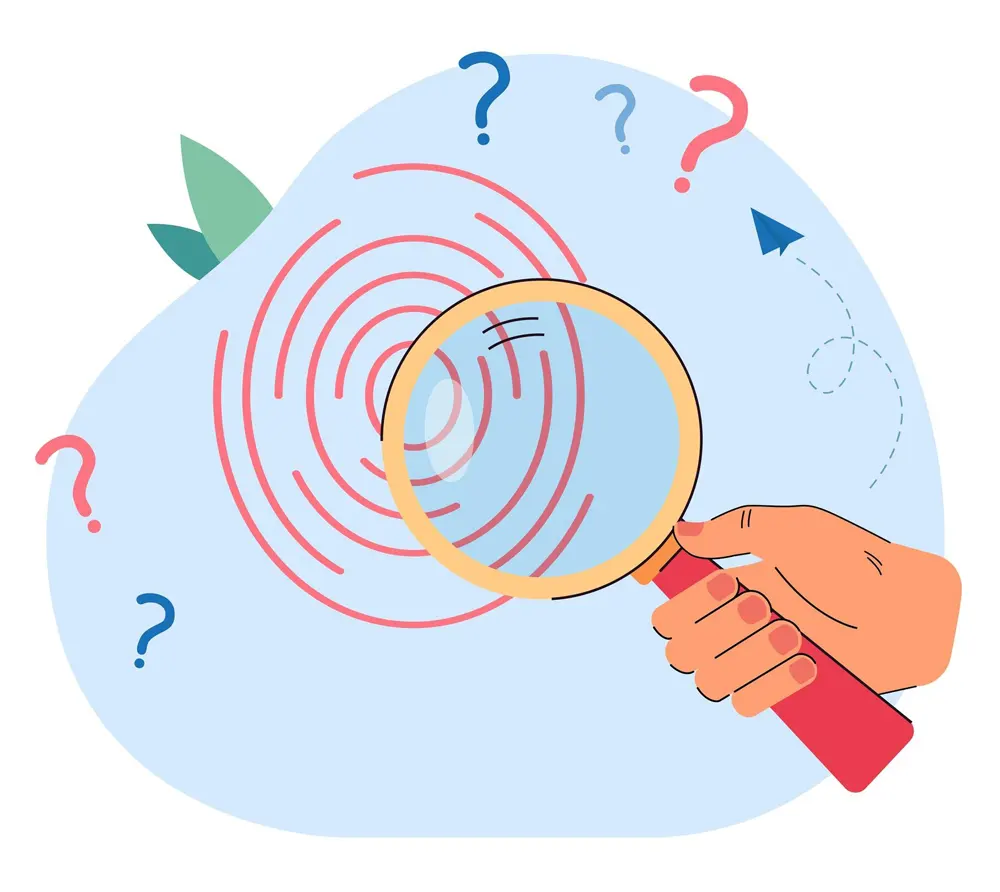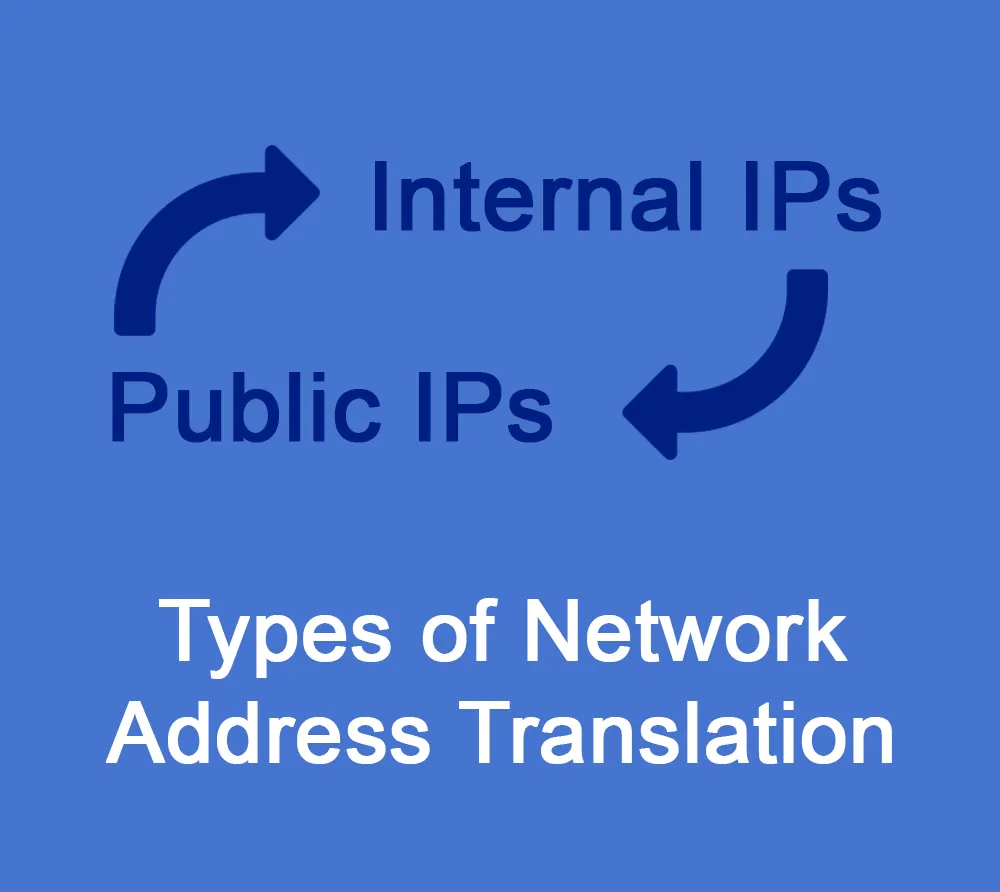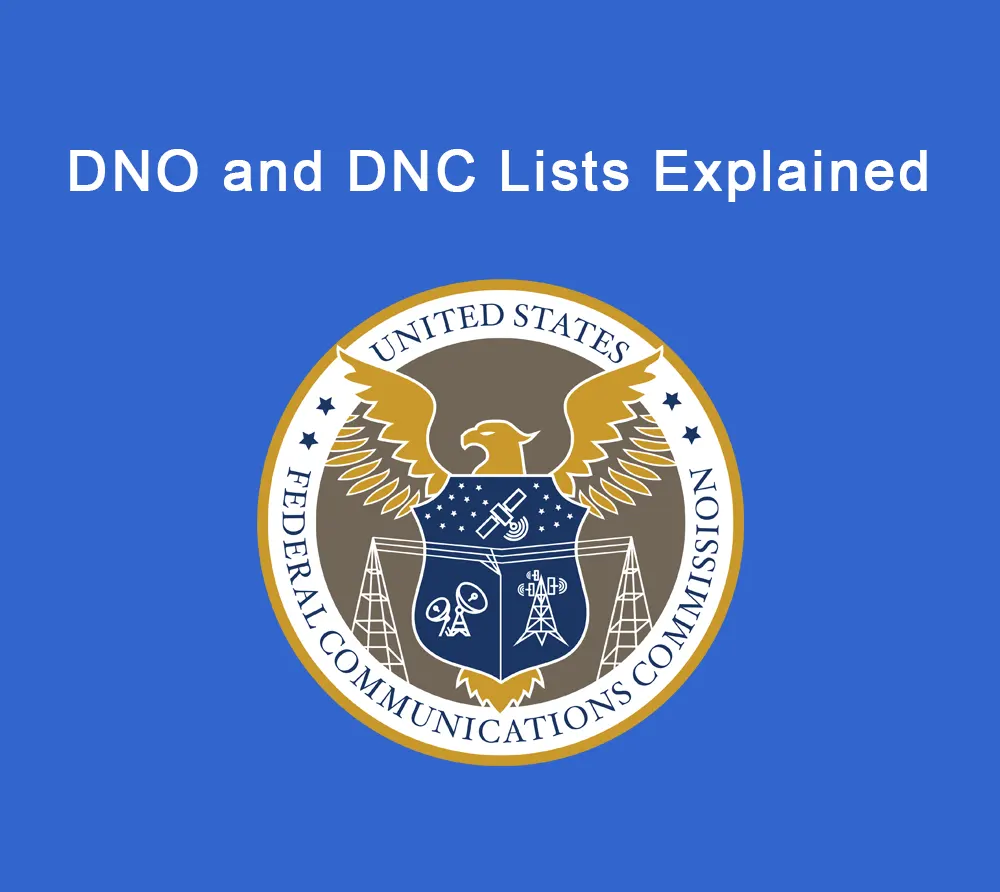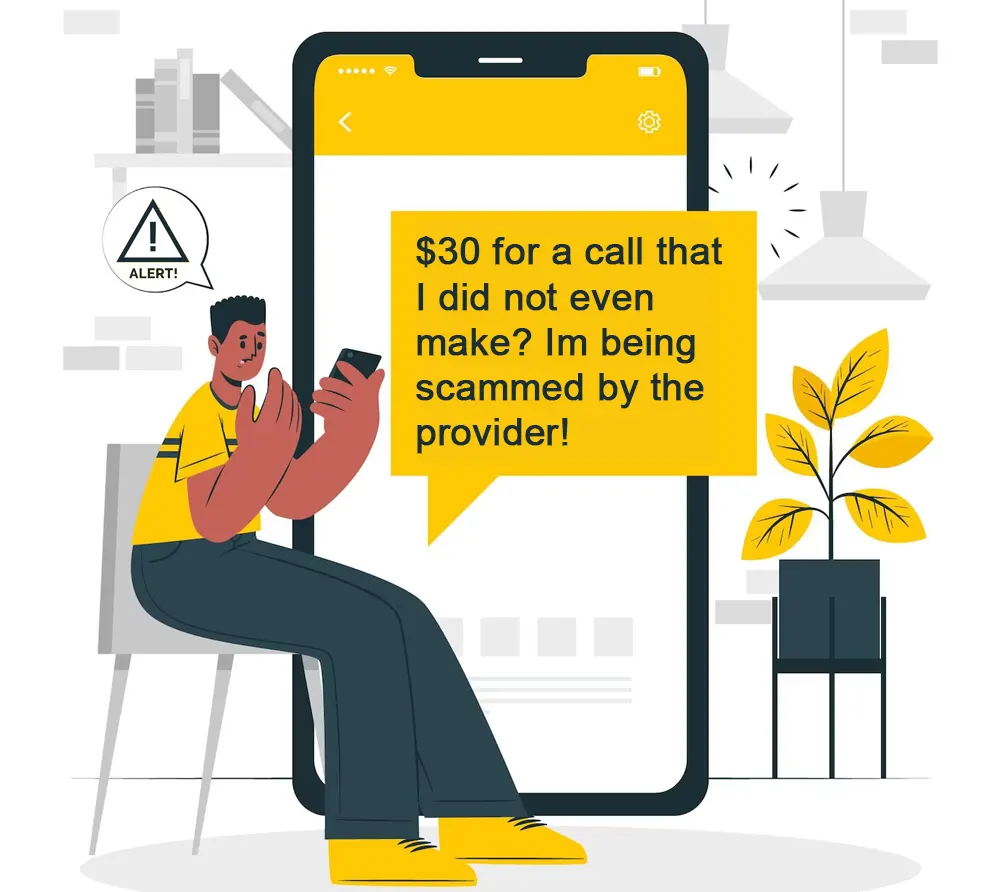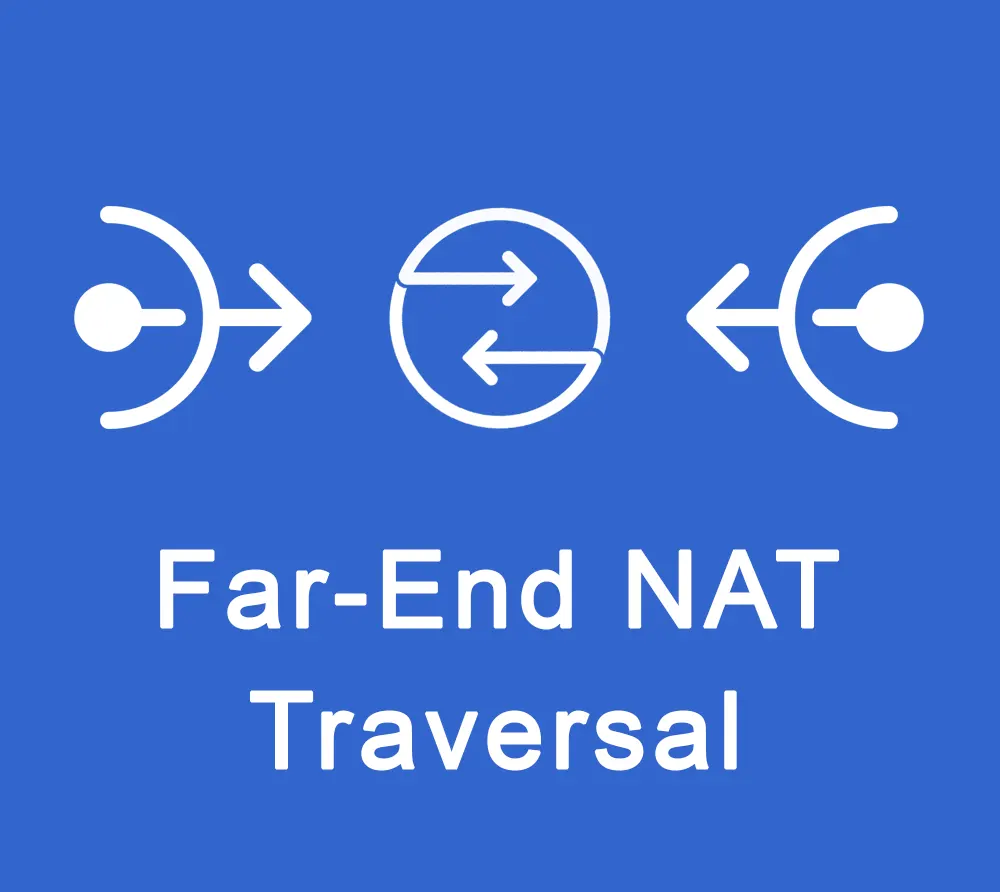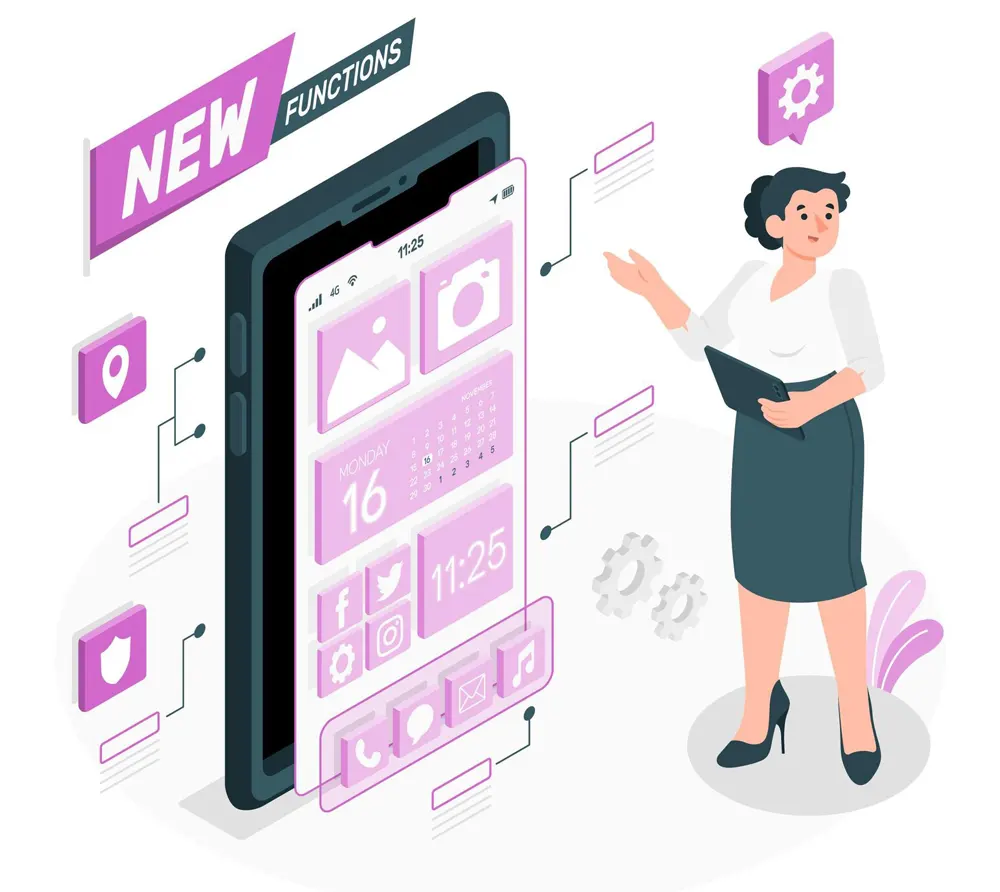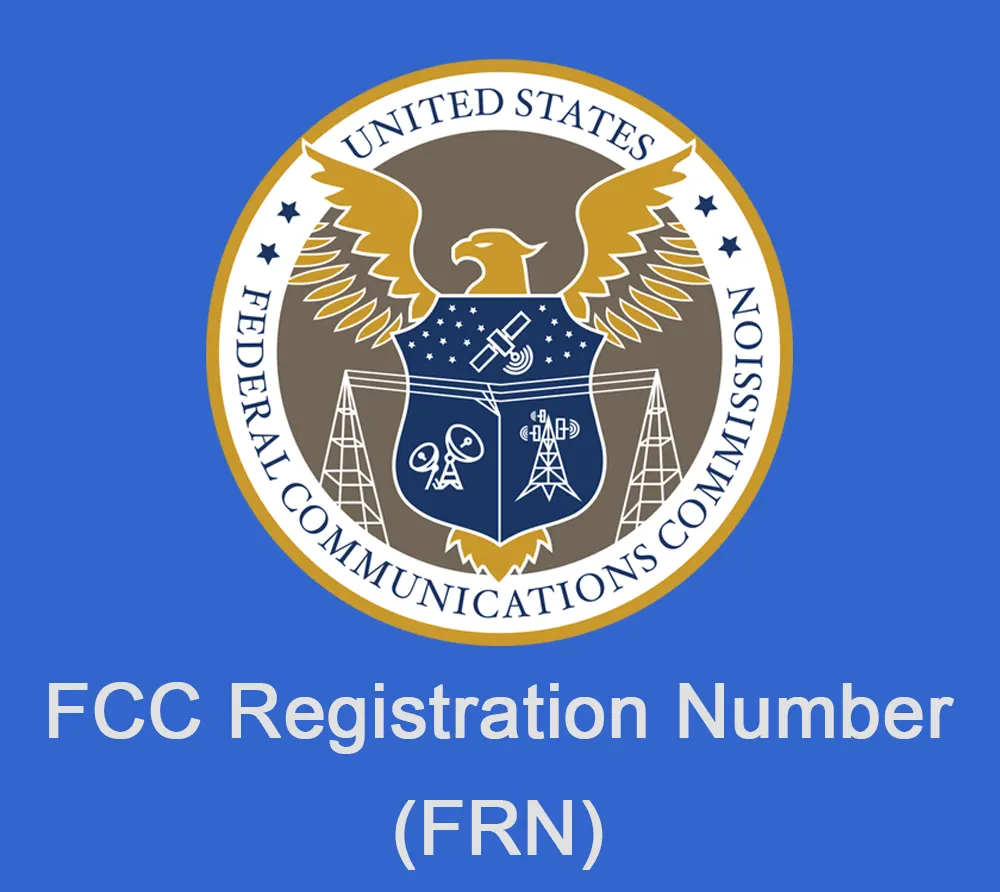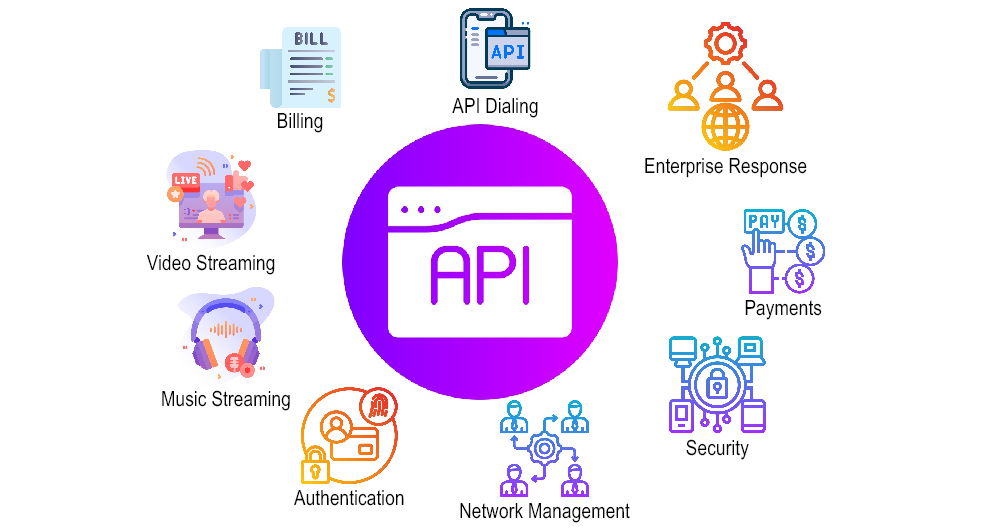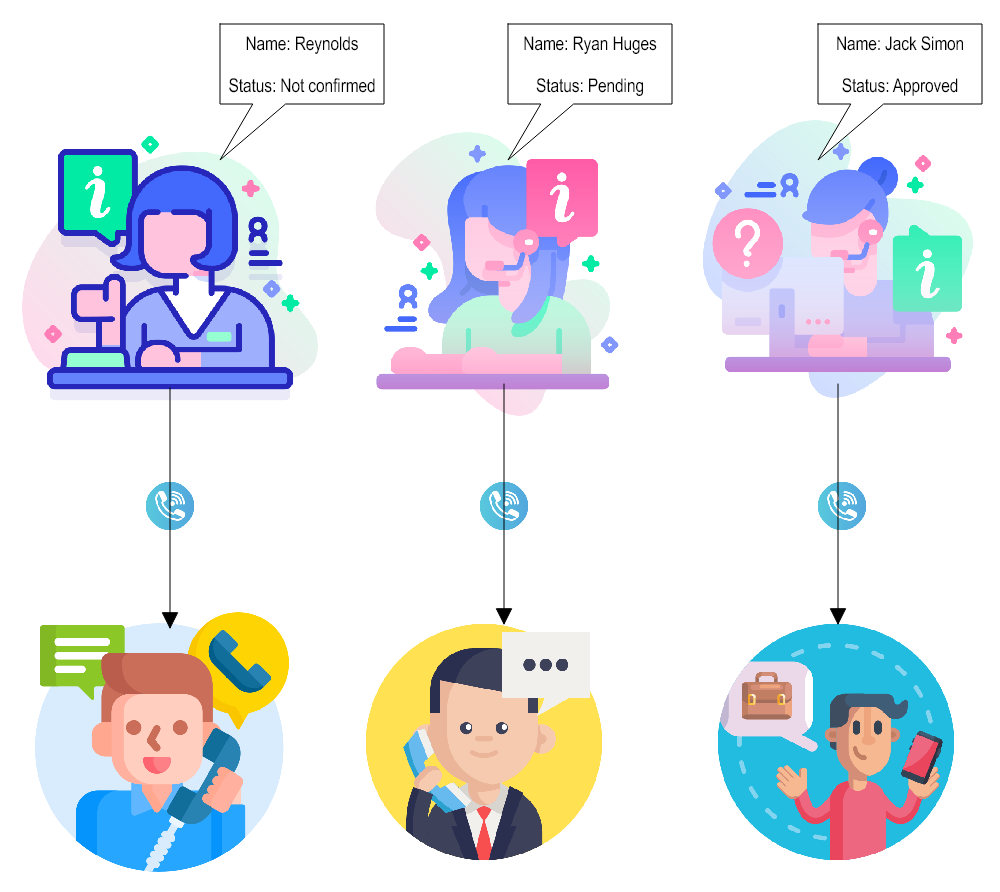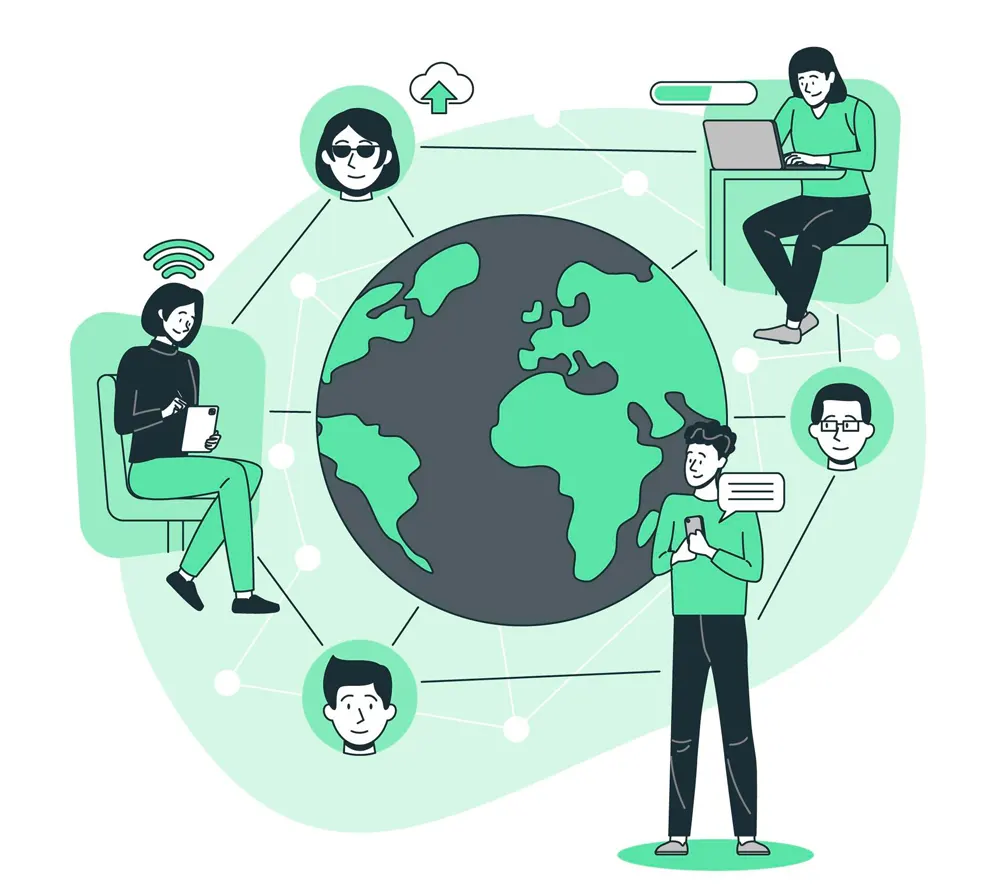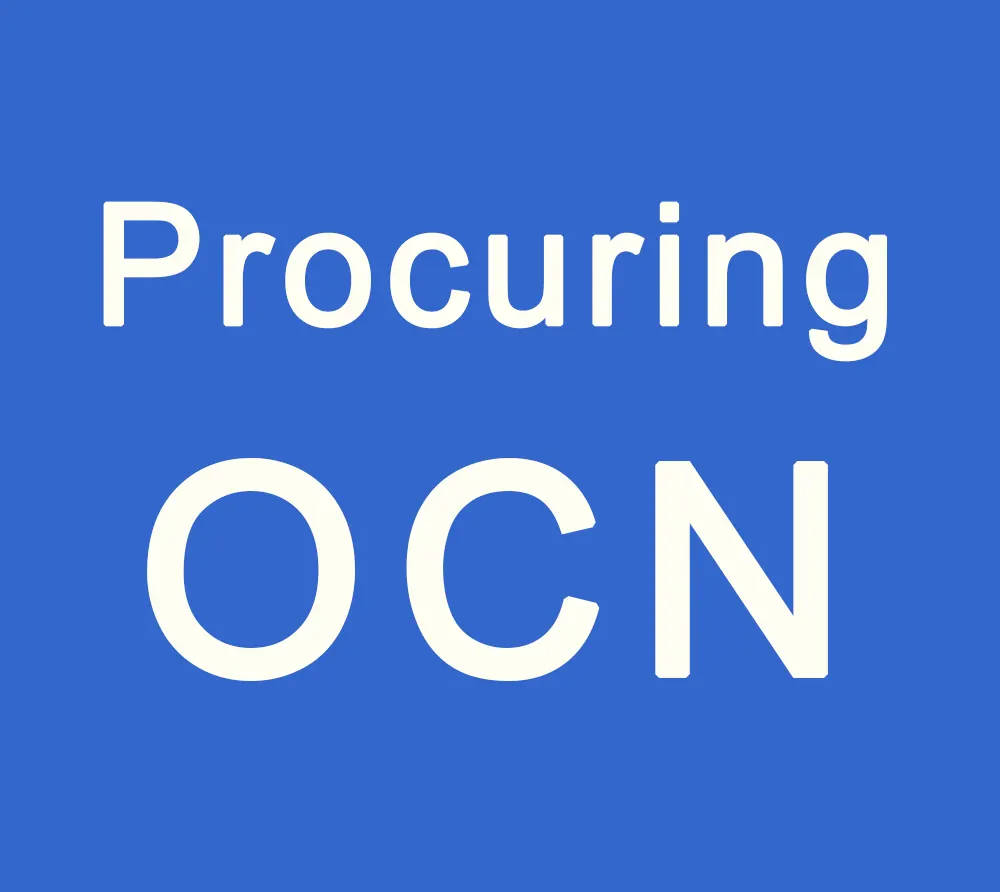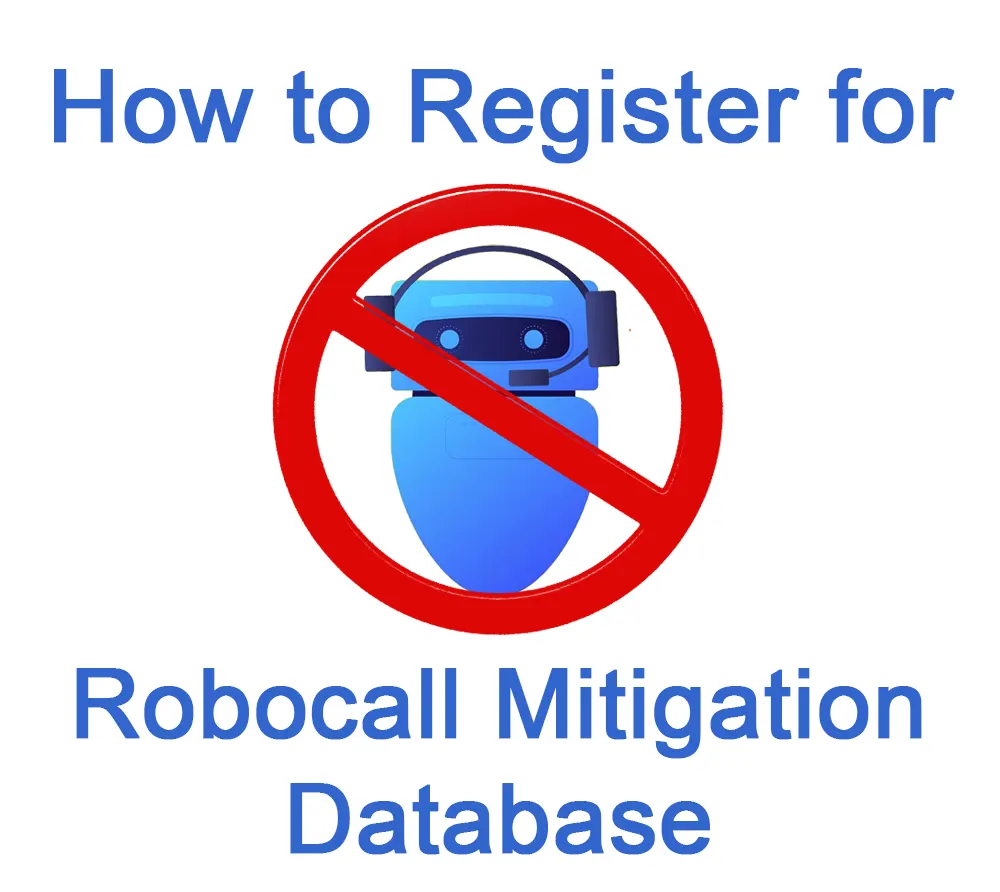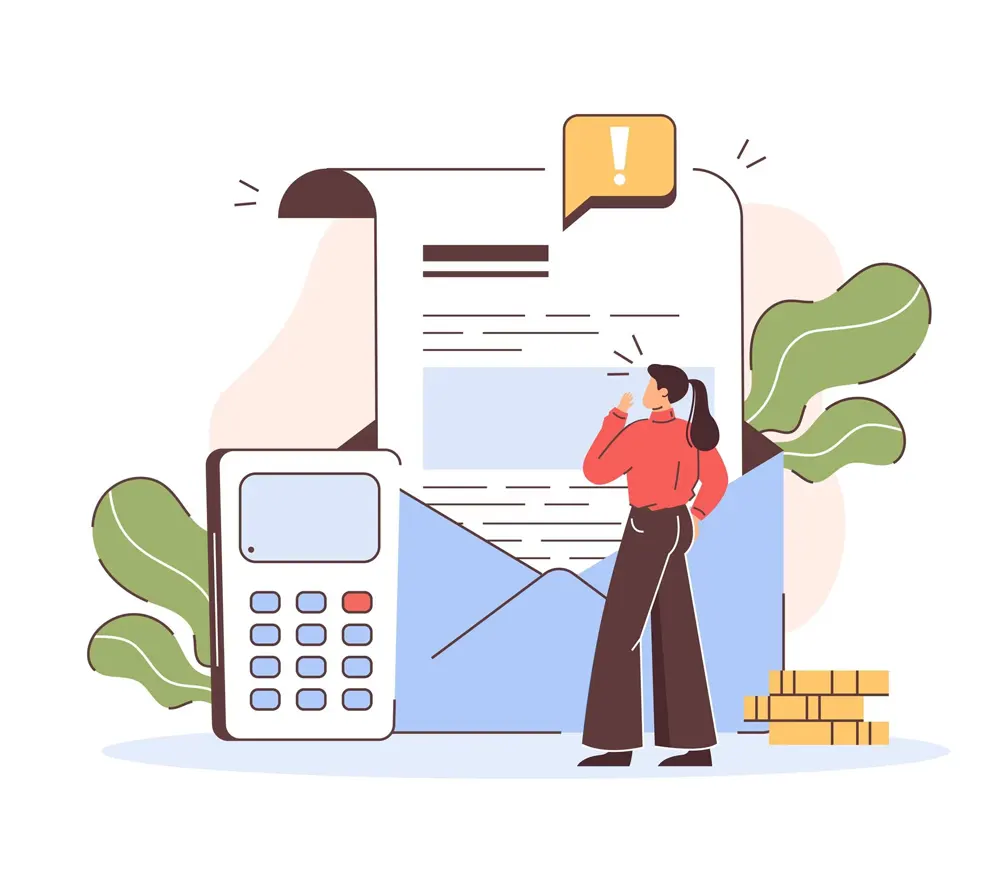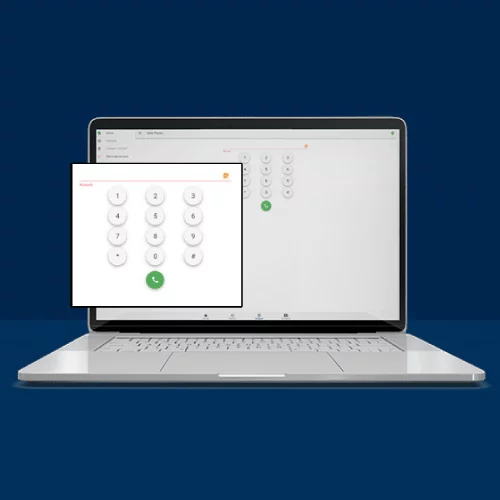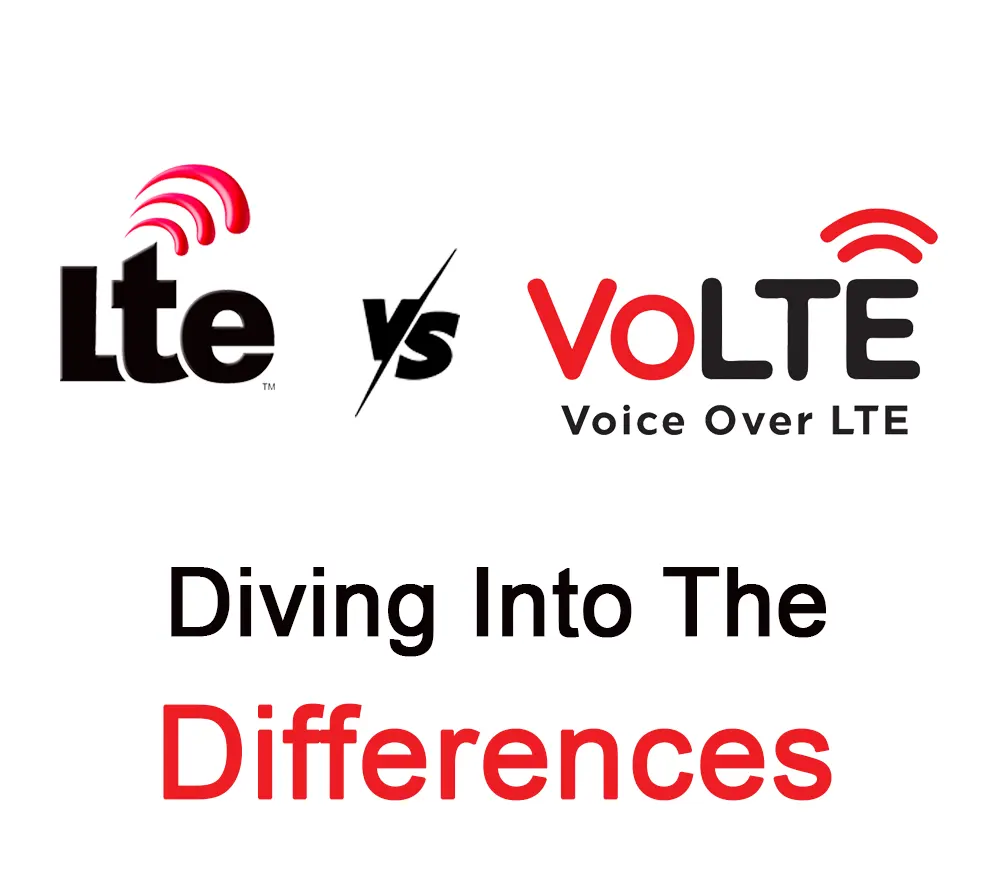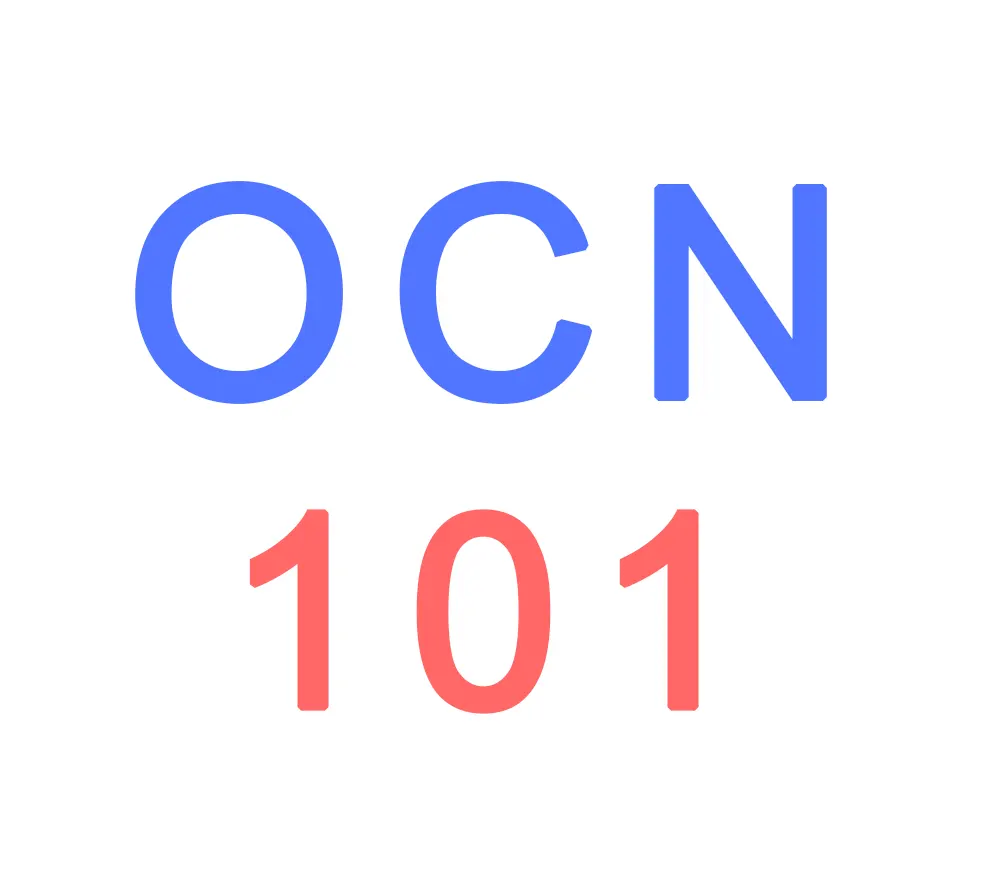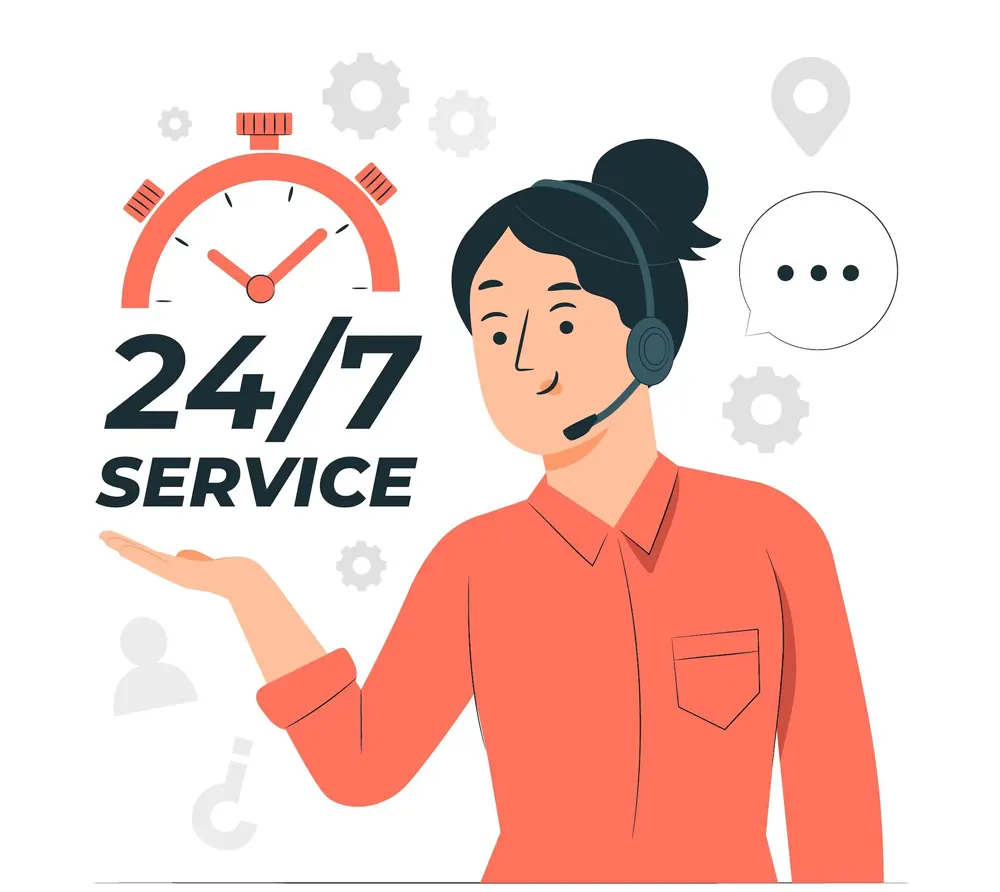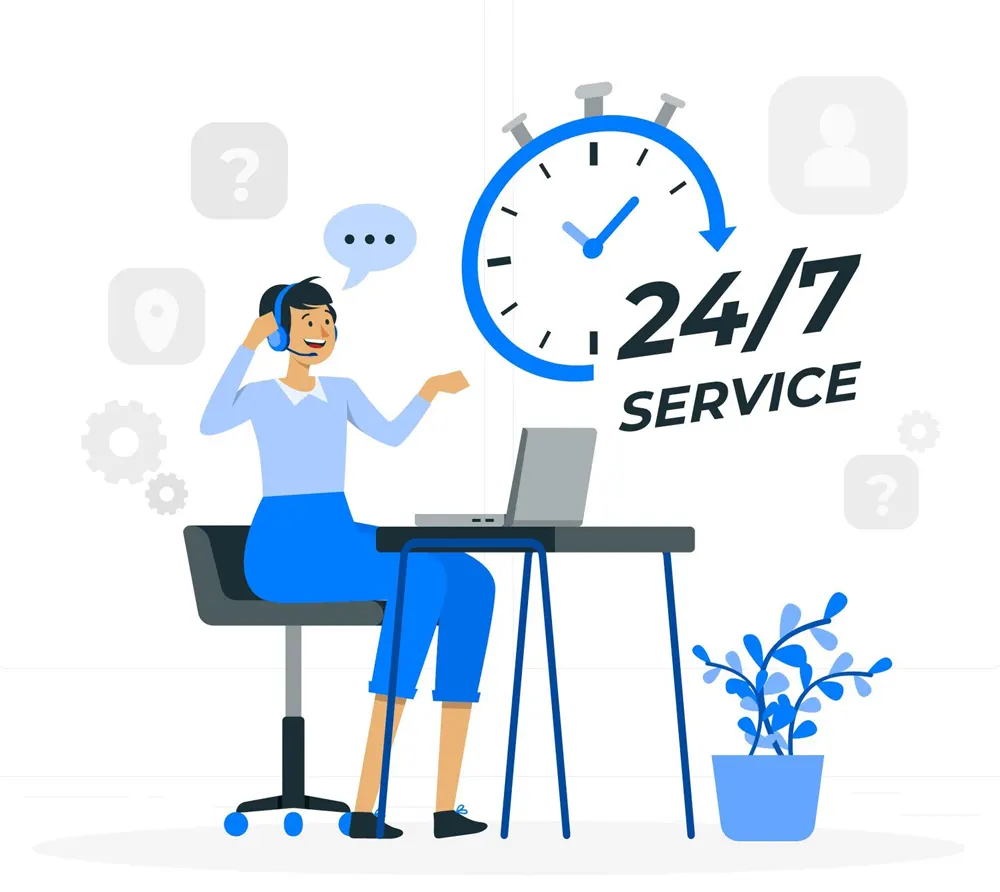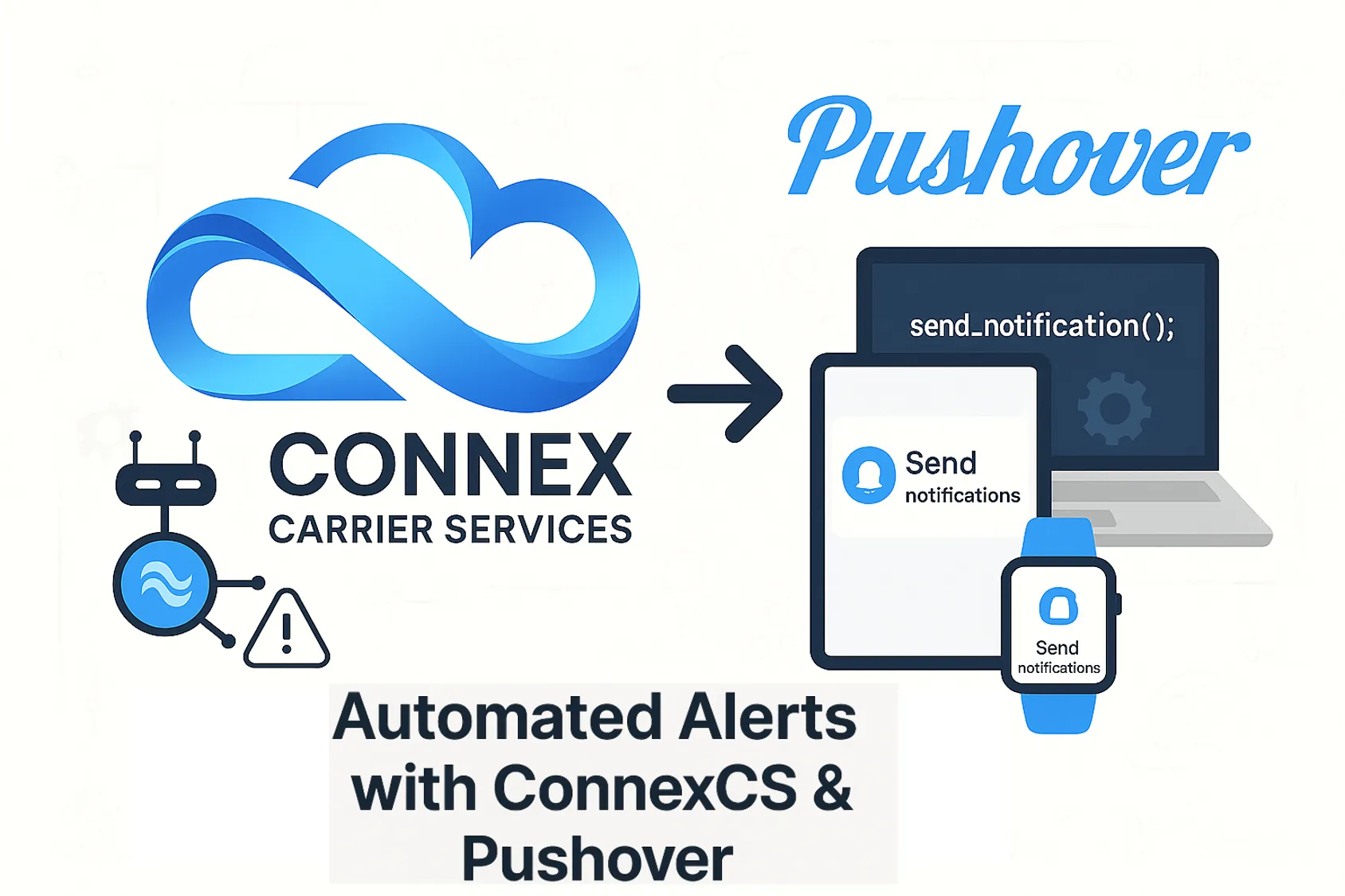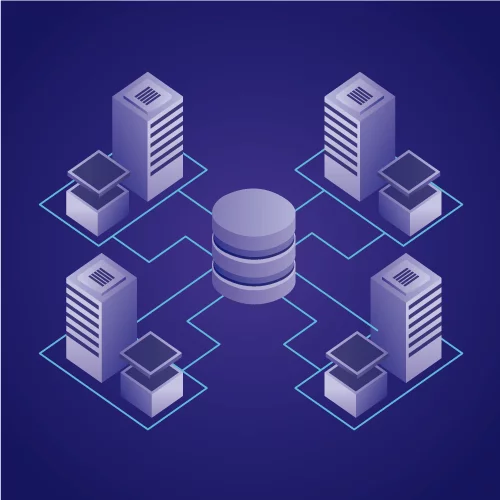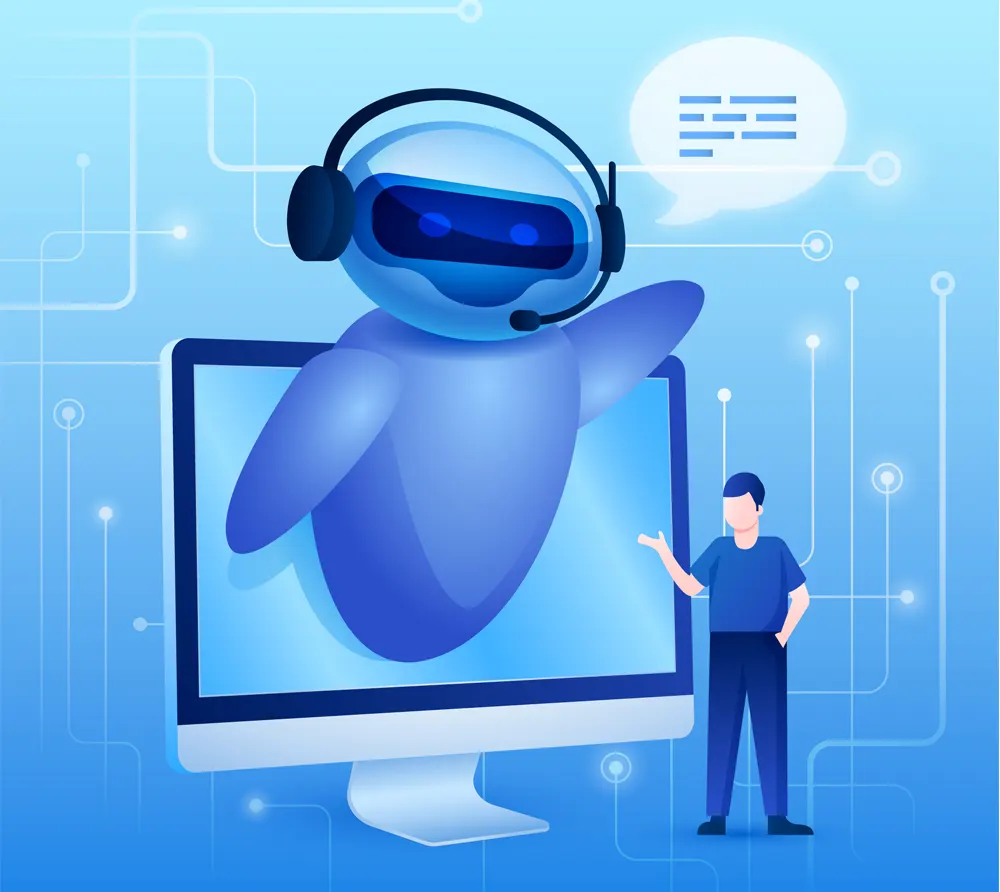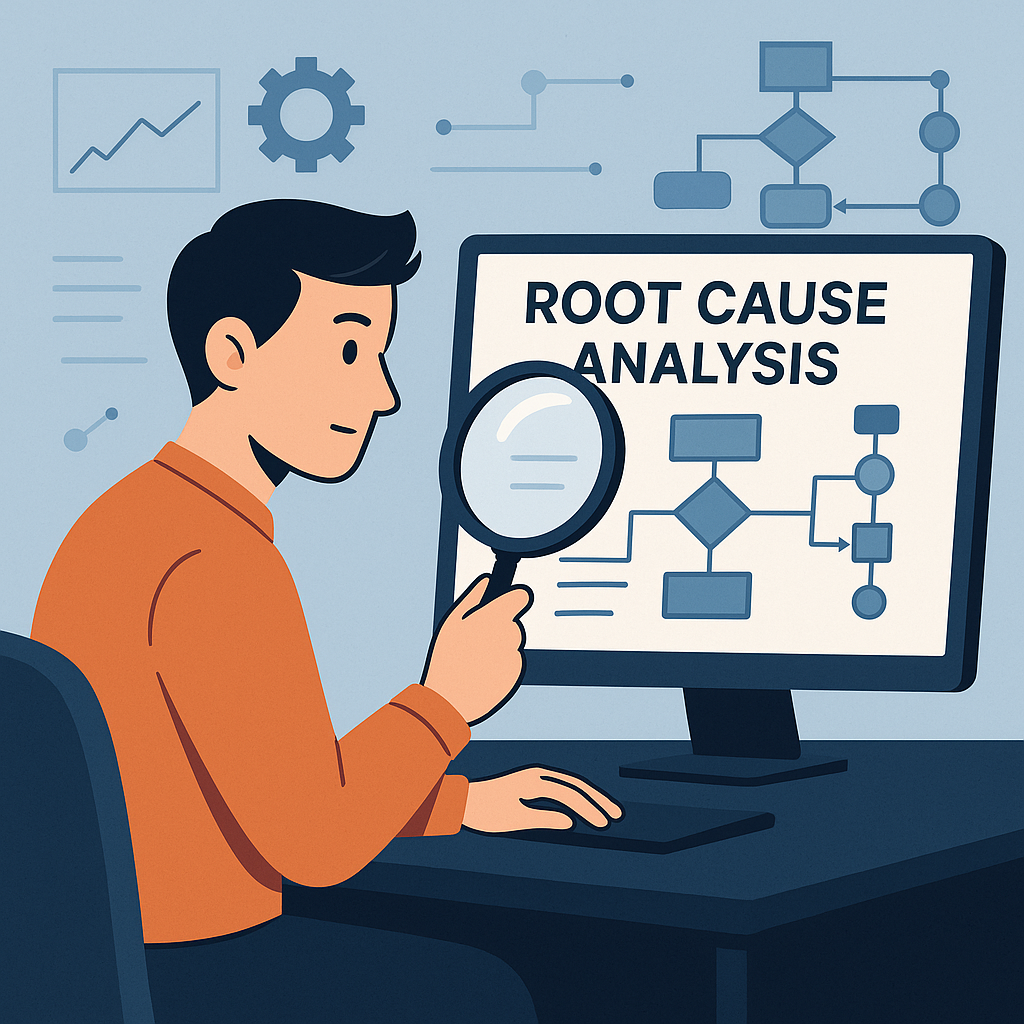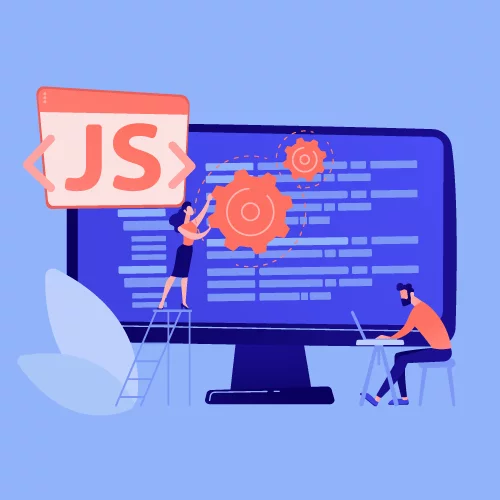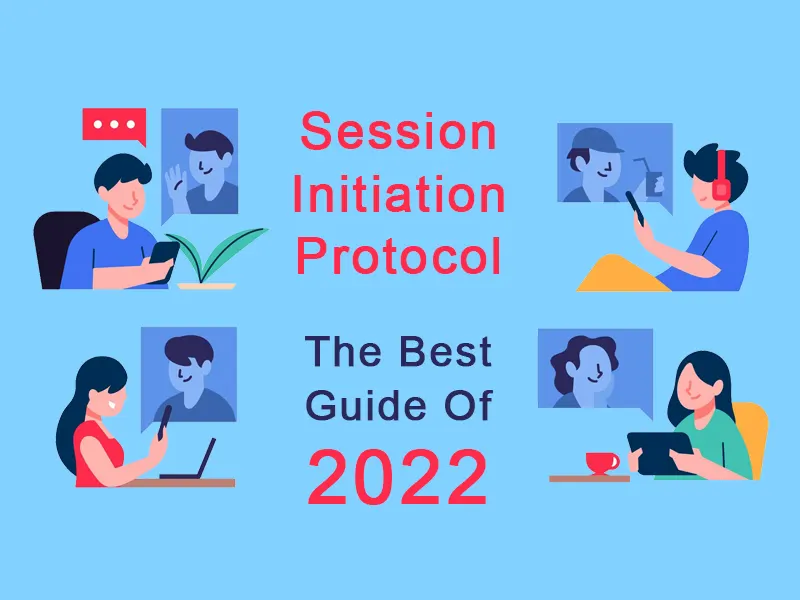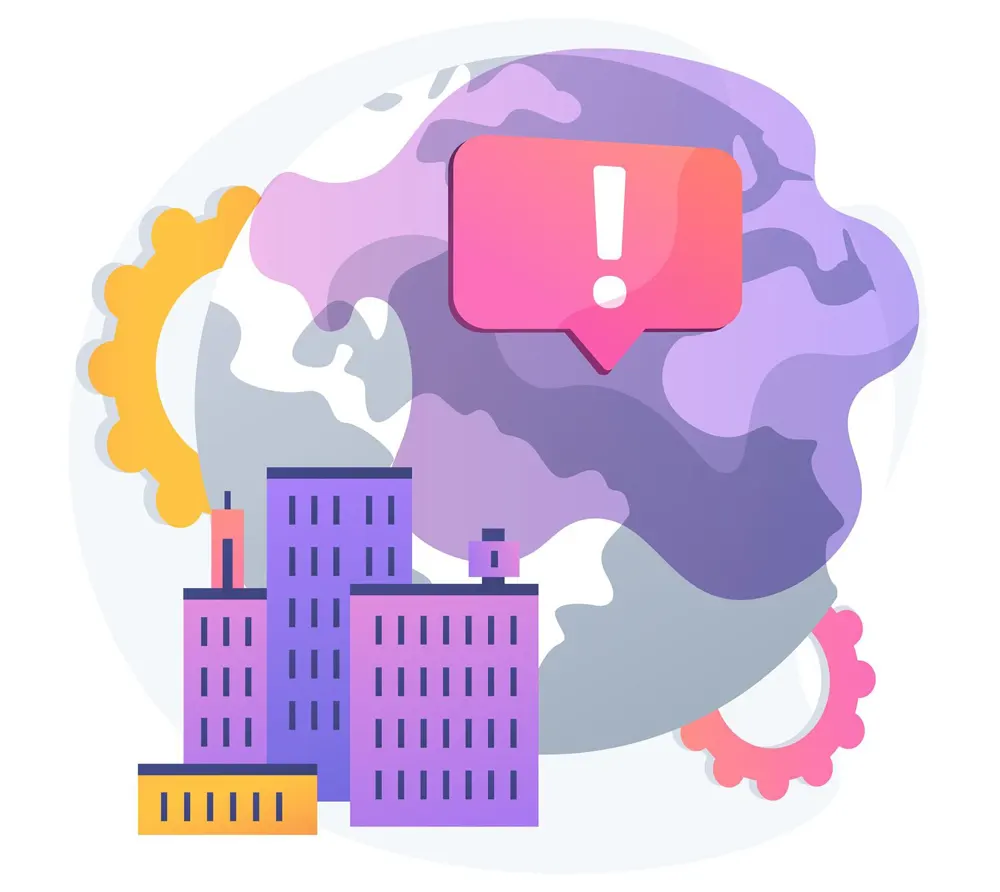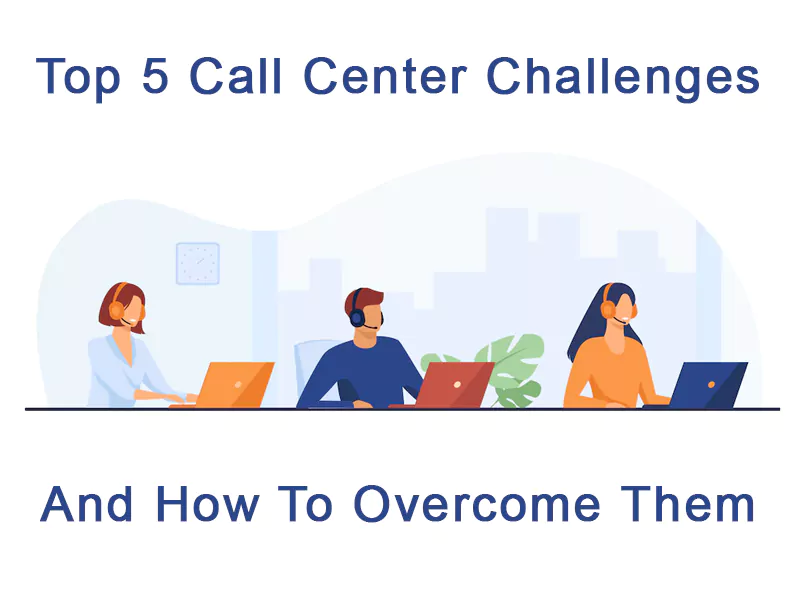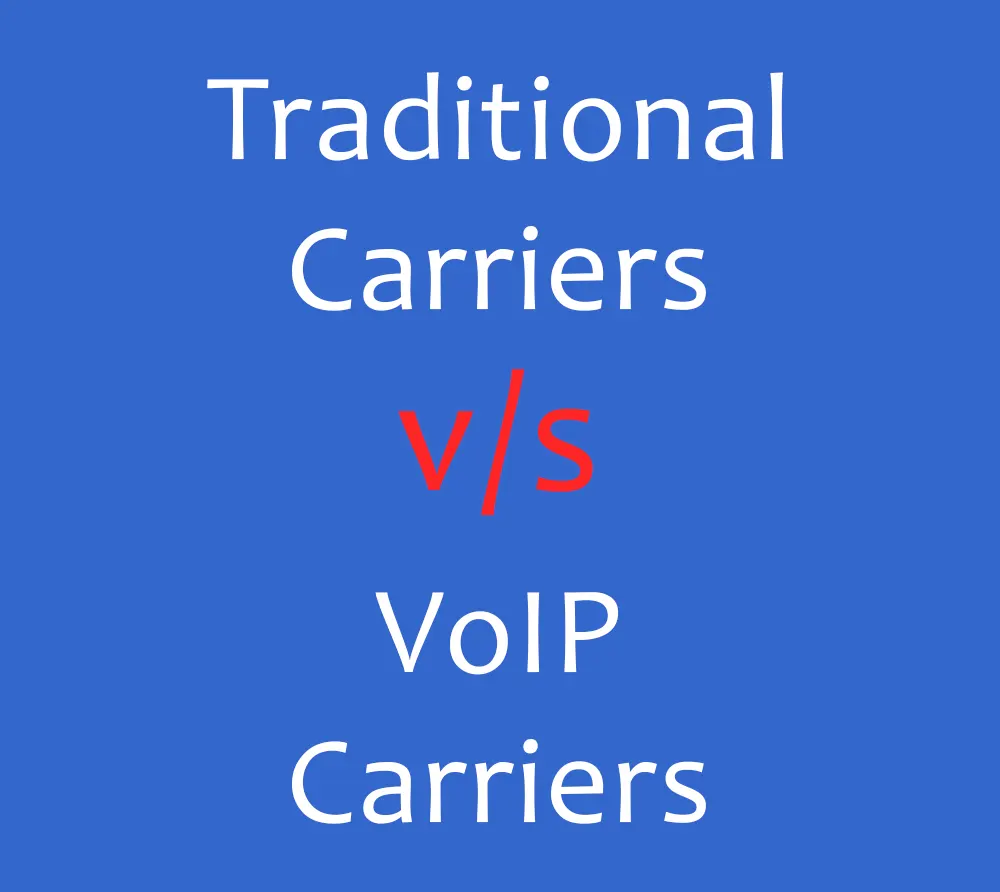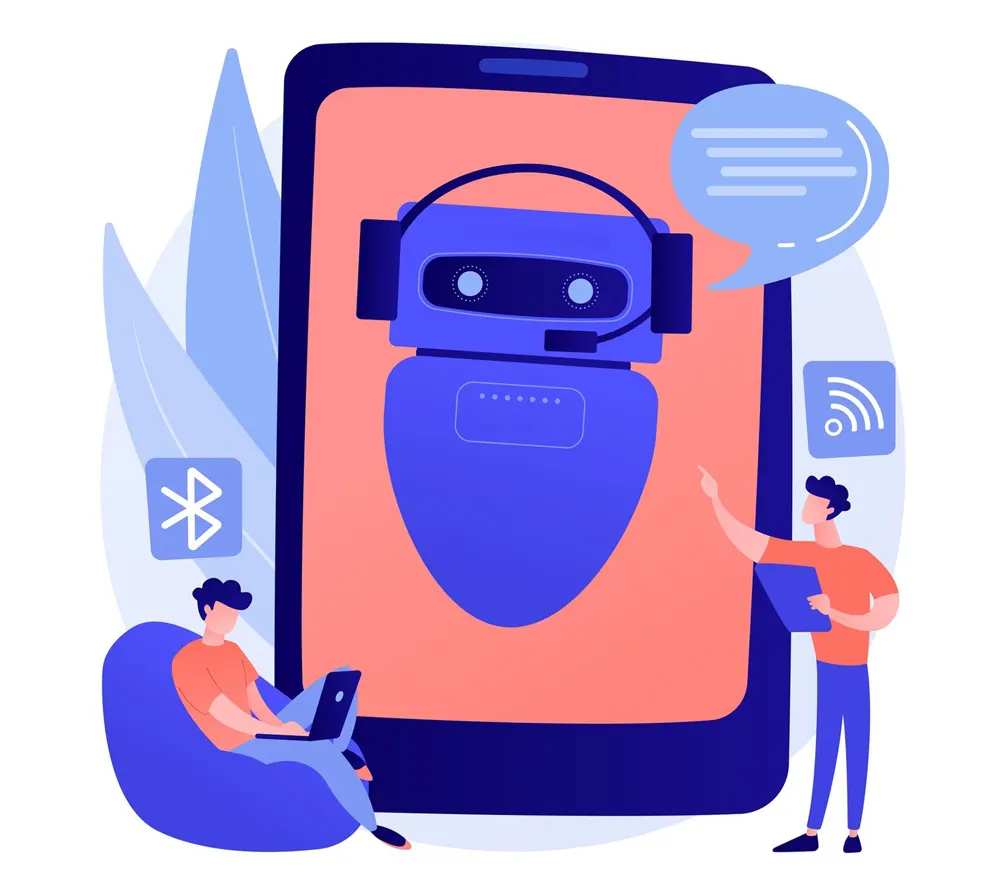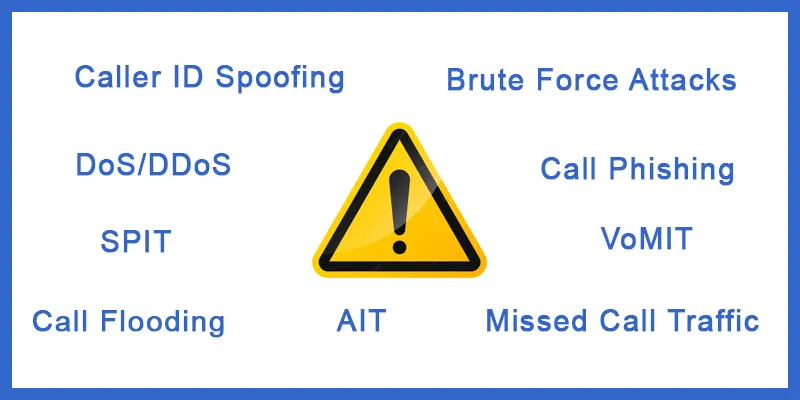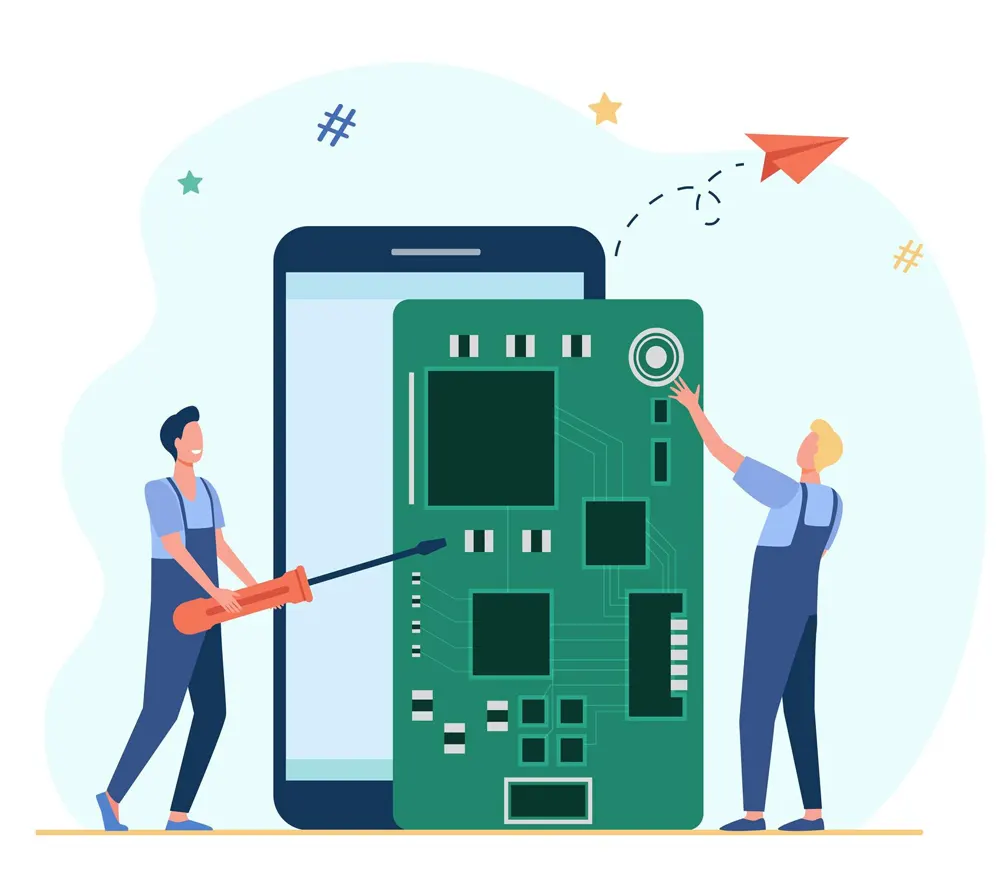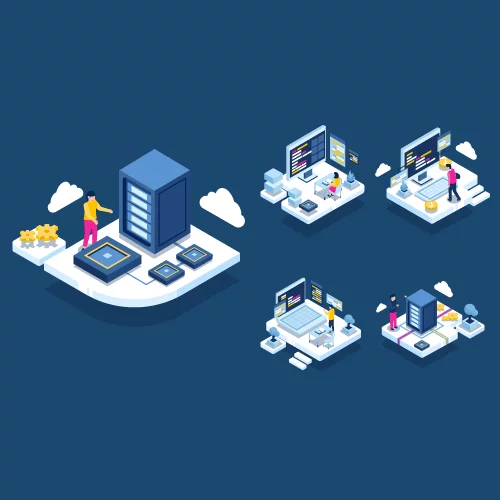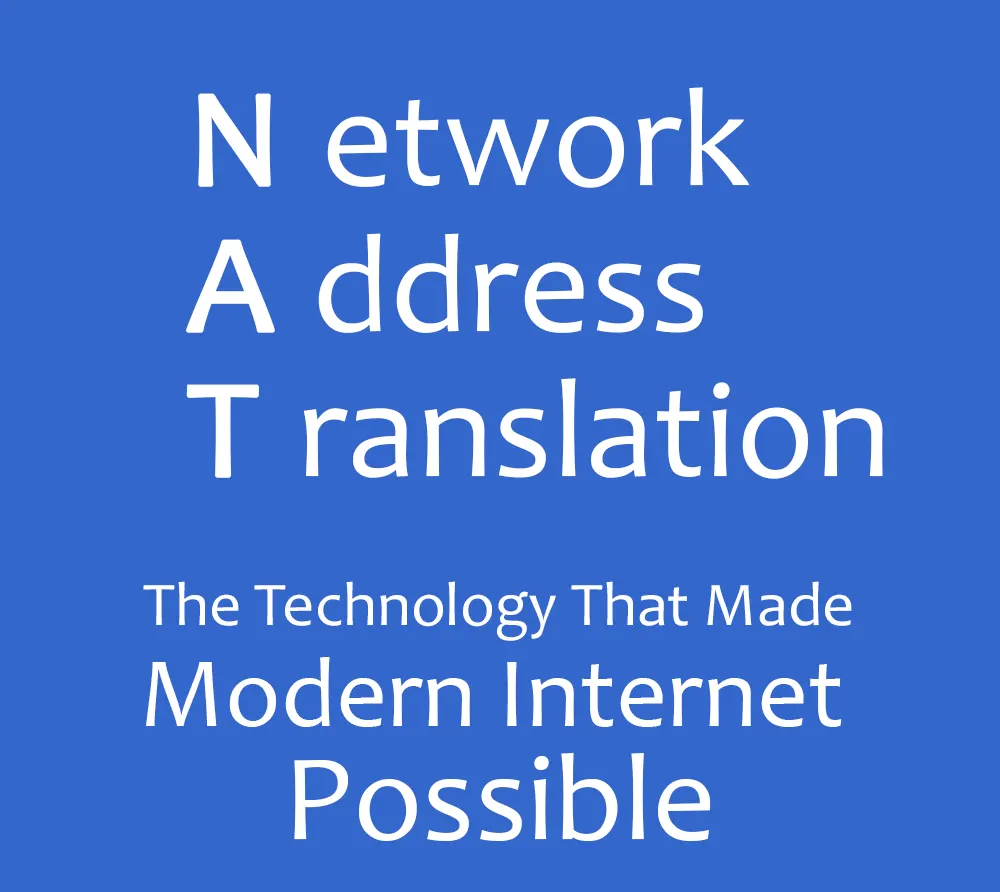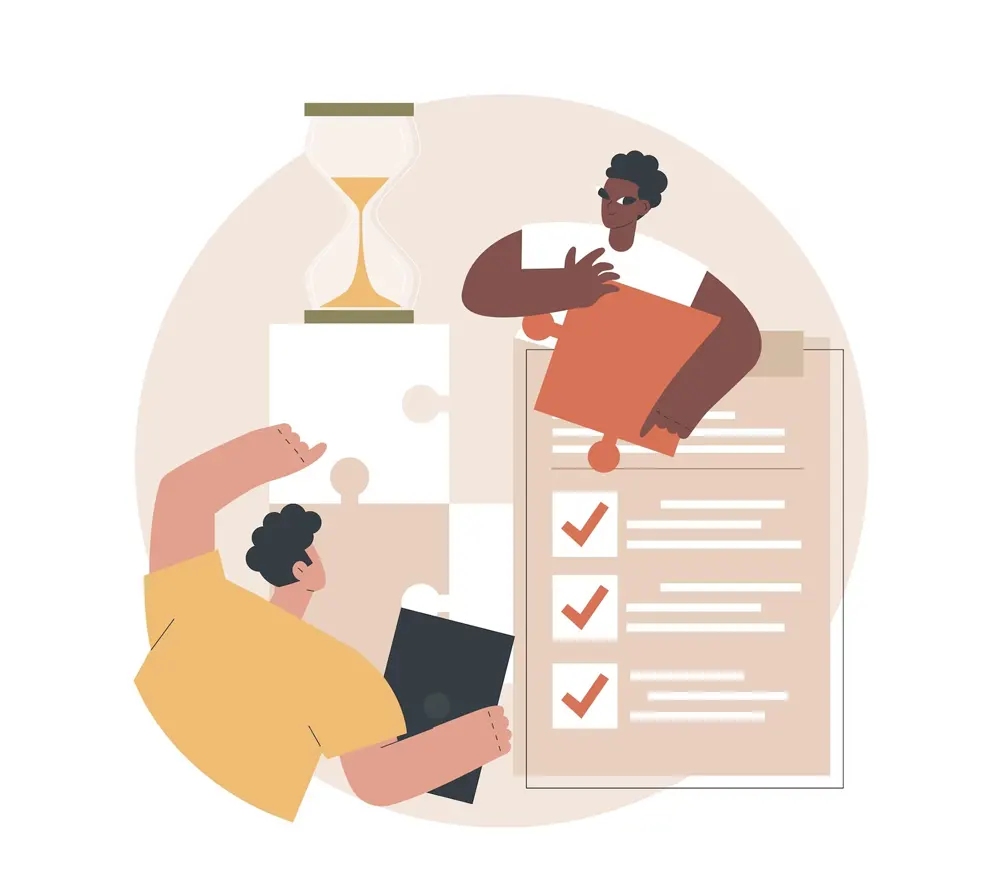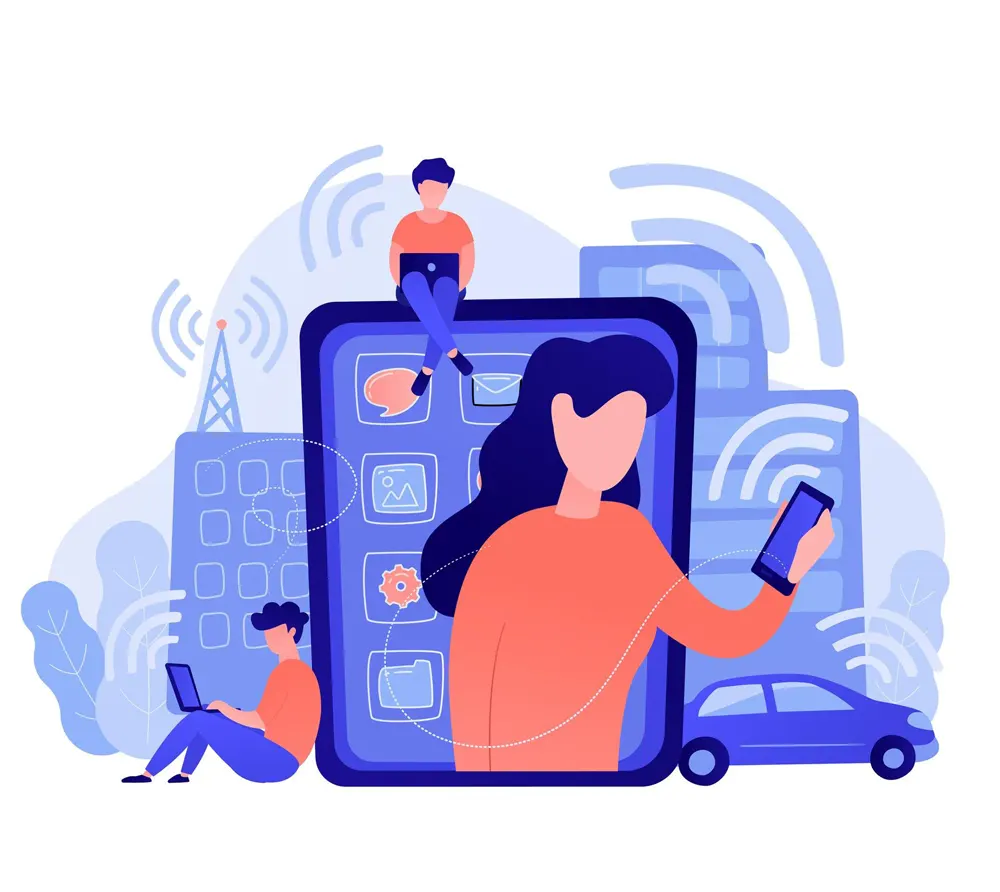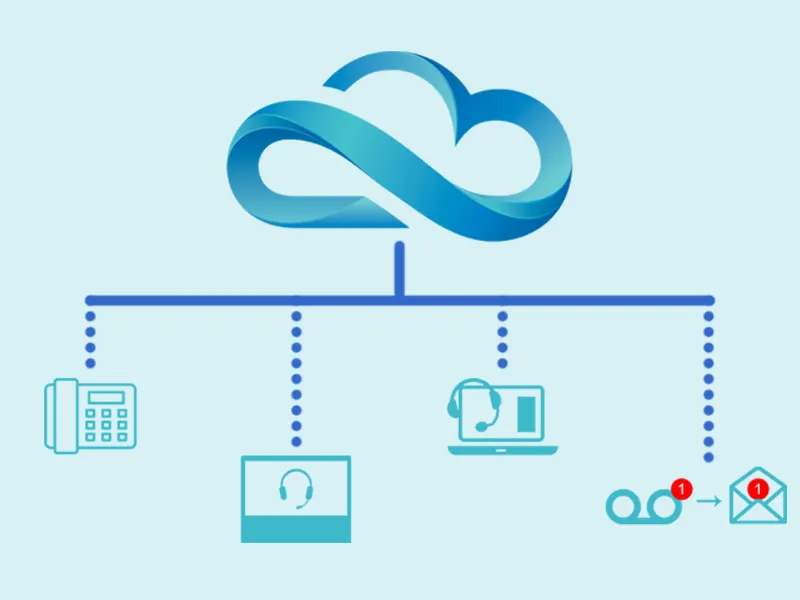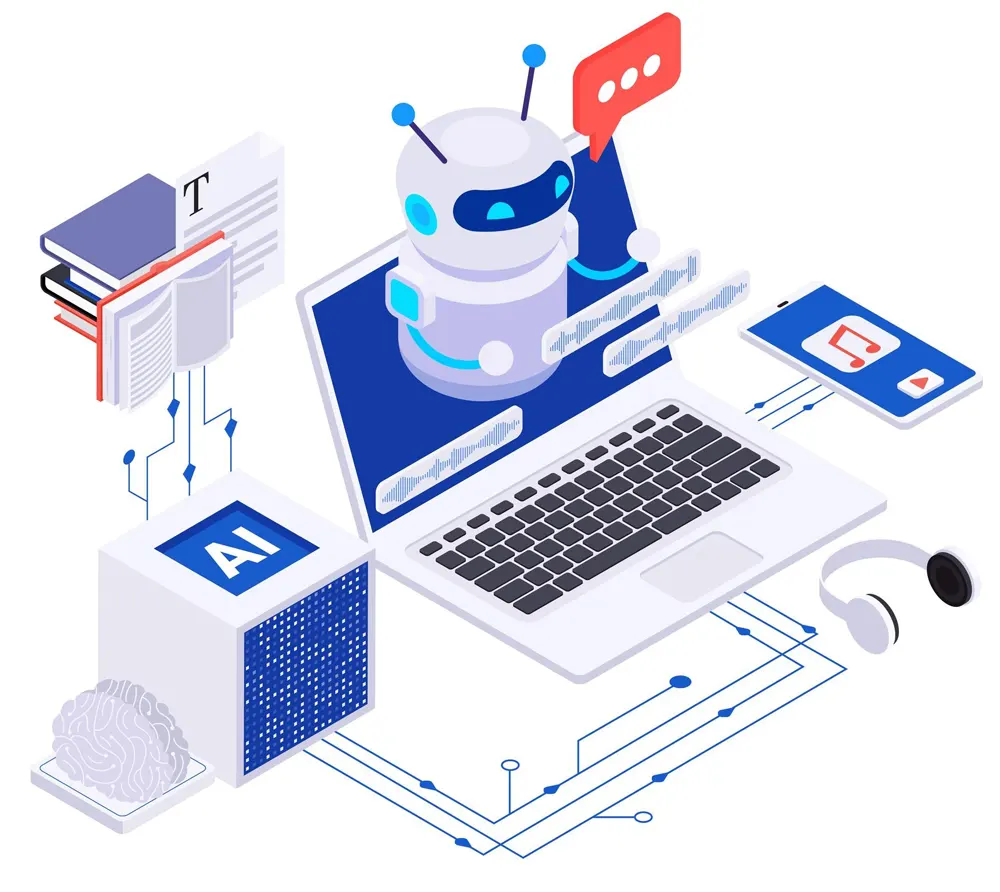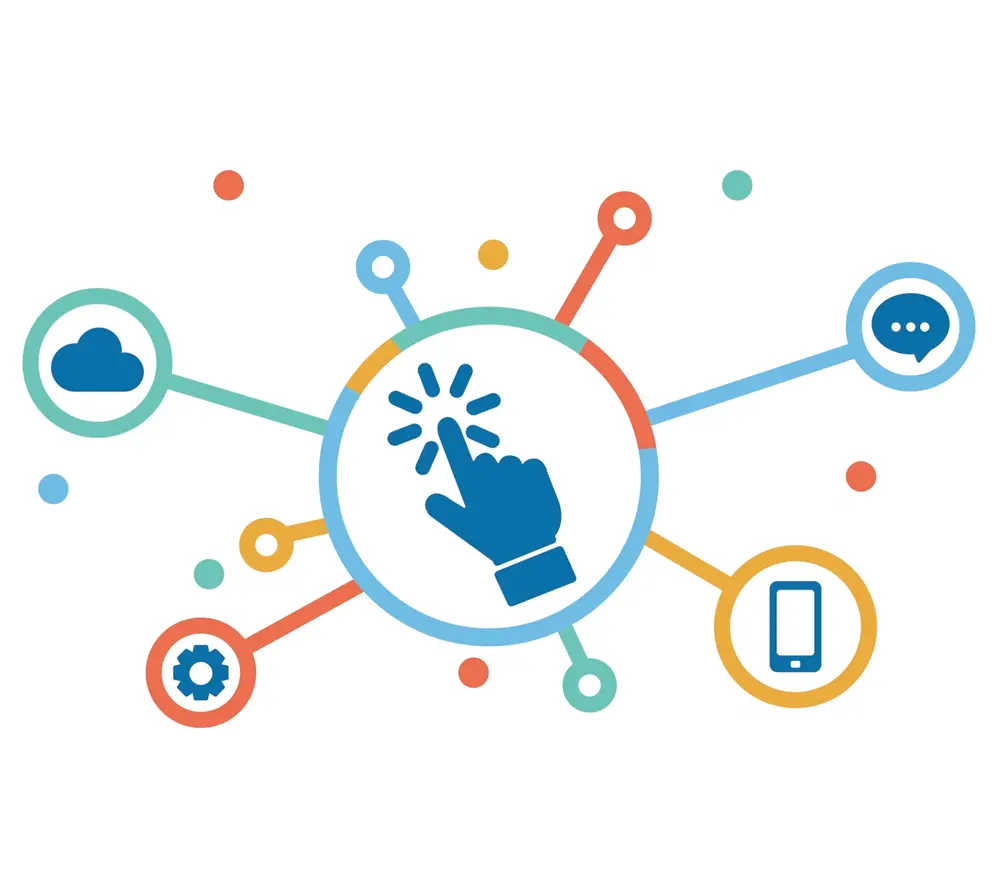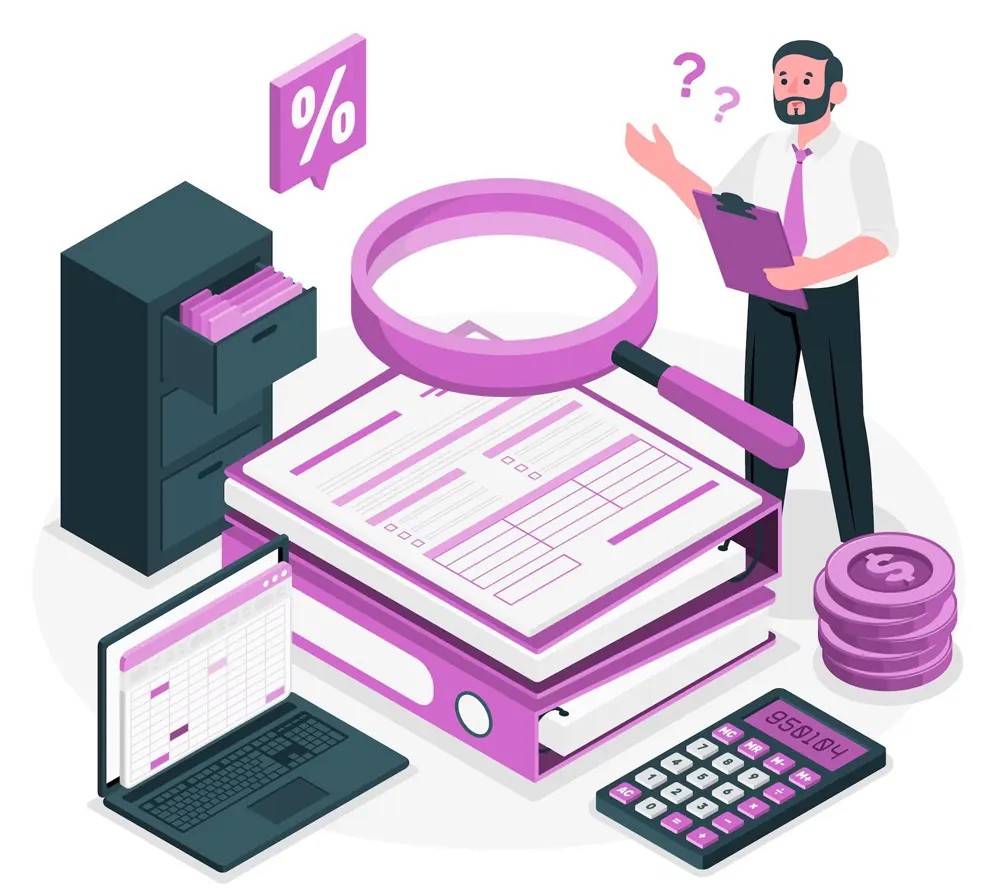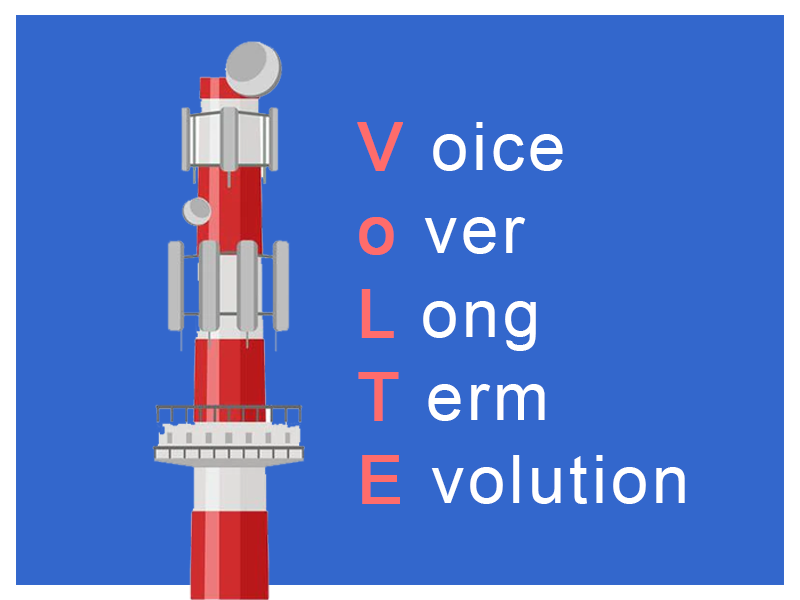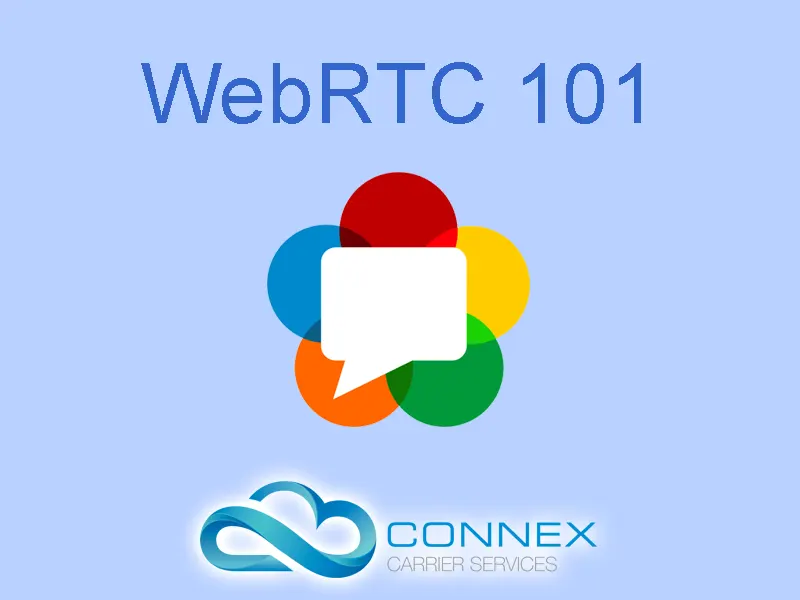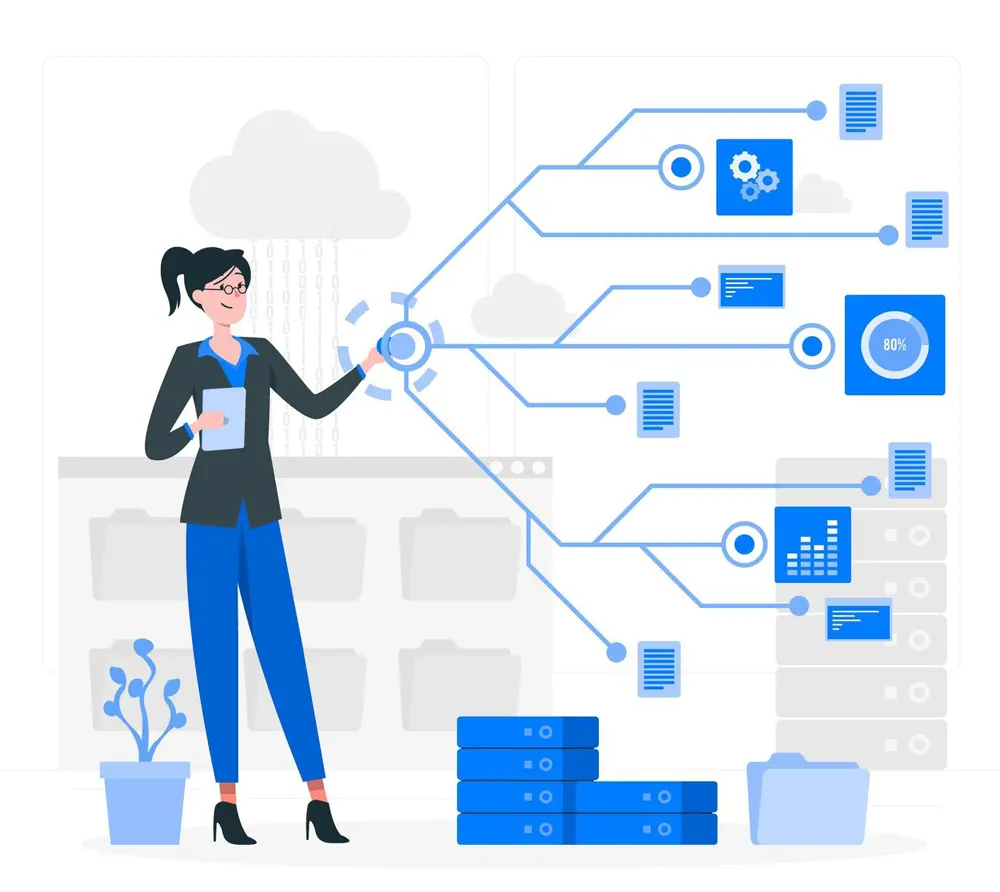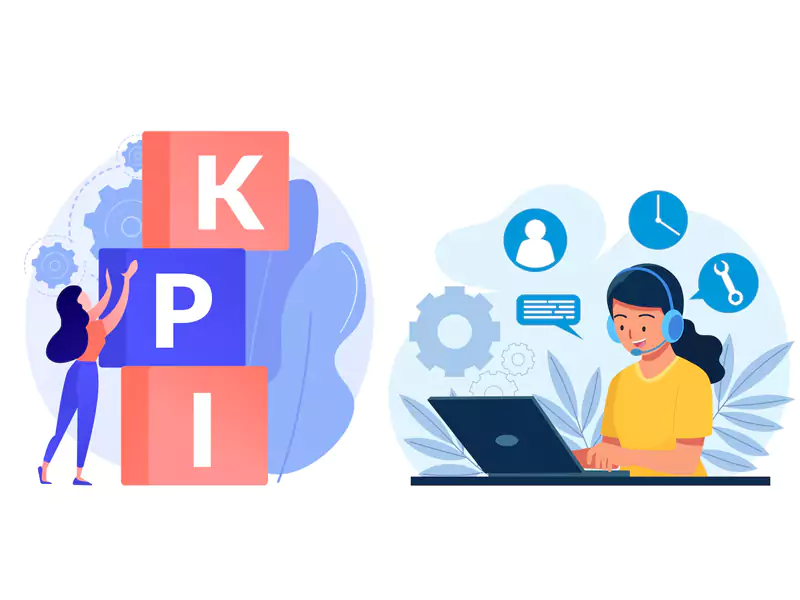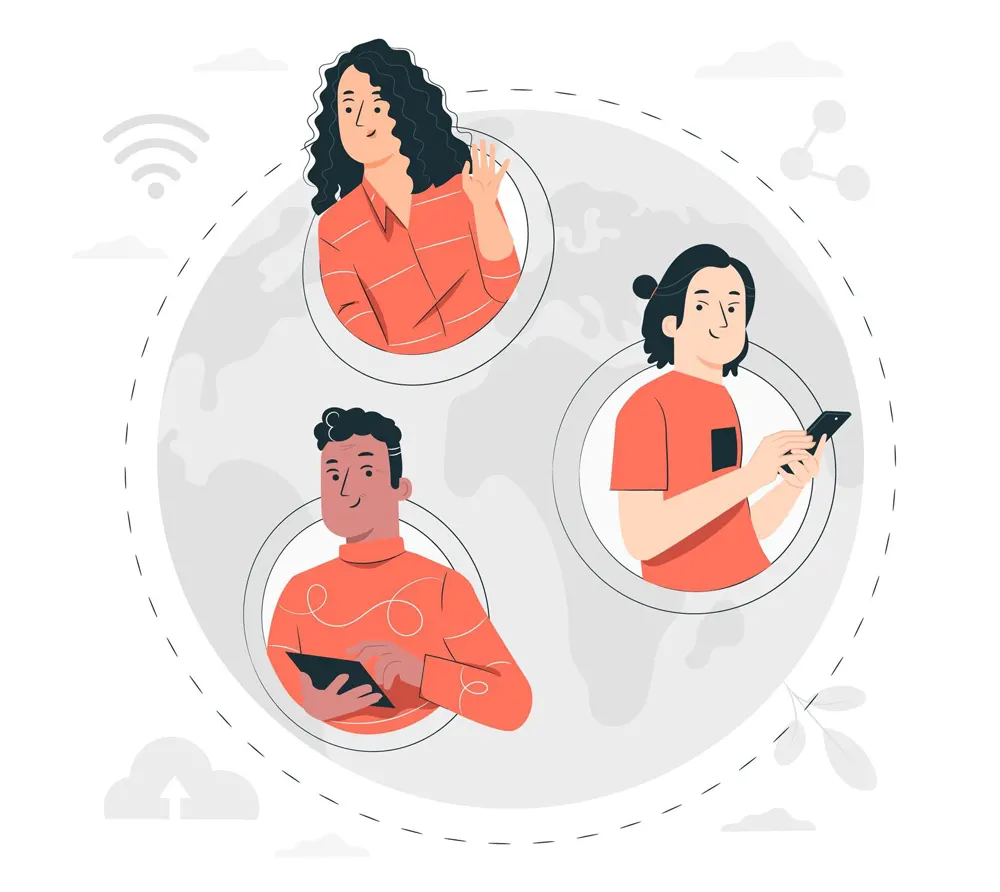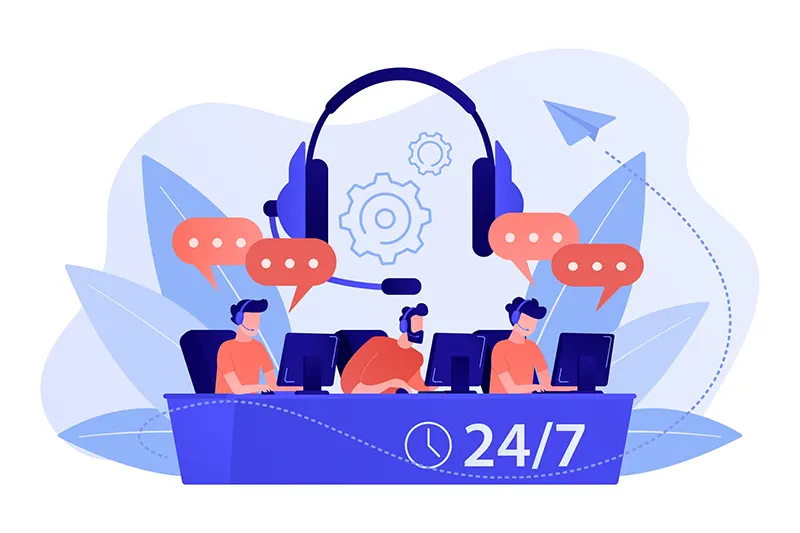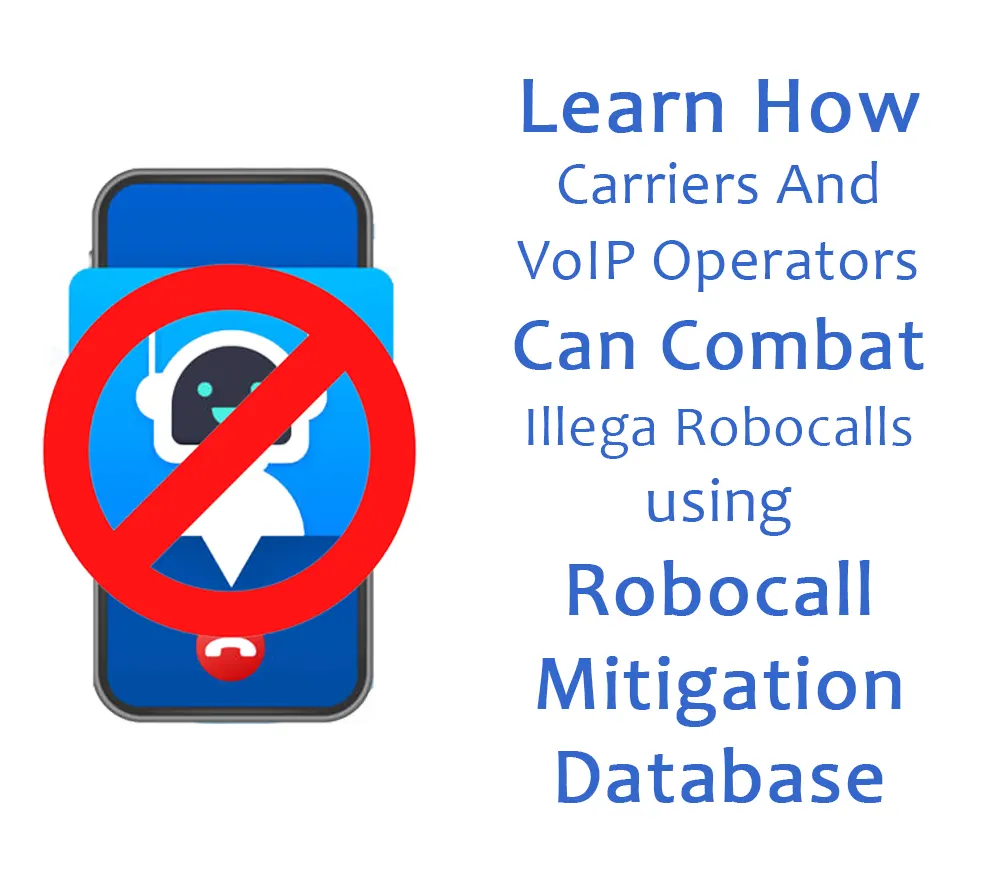AI Receptionists vs Human Receptionists - Cost, Availability and more Compared
There’s always someone guarding the entrances. Castles had watchmen, clubs have bouncers, and businesses? They have receptionists.
The role is ancient in spirit, even if the tools have changed. From handwritten ledgers to phone switchboards and now, the ever-smiling face at the front desk.
Whoever holds this position shapes the very first impression: approachable, professional, or occasionally, slightly intimidating.
But a quiet shift is underway. The front desk no longer requires polished shoes and a swivel chair. Increasingly, it needs only a clear voice, a reliable internet connection, and a sophisticated AI trained to never forget a name or miss a call.
That leaves organisations with a dilemma: should the “gatekeeper” remain human, or be reimagined in code?
In this article, we’ll compare both contenders on cost, availability, customer experience, and long-term impact. So you can decide who belongs at the front of your business.
Understanding the Contenders

The role of a receptionist has been around since time immemorial. Changing technology has been reshaping the work and scope for this position along the way. At present, technology has progressed far enough to replace humans from this position entirely.
Human Receptionist
A human receptionist does more than answer calls. They calm frustrated clients, manage schedules, and solve problems on the fly. In hospitality, they remember names and preferences. In offices, they triage issues and make visitors feel welcome.
Their ability to build trust and read situations makes them hard to replace. Humans provide a warmth and nuance that no machine can match.
AI Receptionist
AI receptionists work tirelessly, never take breaks, and speak multiple languages. They are not simple chatbots. They use conversational AI, voice recognition, and integrate directly with CRMs.
AI can route calls, schedule appointments, and update records automatically. Peak hours or high call volumes don’t slow them down. They offer speed, consistency, and efficiency that humans cannot sustain indefinitely.
Humans bring empathy and flexibility. AI brings speed, accuracy, and integration. Understanding these differences helps businesses decide who should hold the keys to the front desk; or whether a hybrid approach works best.
It's time for the breakdown. We will now scrutinize our two contenders based on critical aspects of comparison.
Always On vs. 9 to 5

When it comes to availability, human receptionists operate like The Tonight Show. They’re excellent when on-air, but they stick to a fixed schedule. Nights, weekends, and holidays? The desk is closed.
Coverage requires costly overtime or additional staff, and like any person, they occasionally need a sick day or vacation. Even Superman clocked out for Lois Lane.
AI receptionists, by contrast, are more like Walmart on Black Friday. The doors never close, the lights never dim, and they’re ready for traffic surges without breaking a sweat.
They don’t need coffee breaks, and they won’t disappear mid-shift. For companies courting global customers, this “always open” feature is a serious advantage.
Still, AI isn’t flawless. Outages or bugs can feel like Netflix crashing during the final episode of Stranger Things; sudden, jarring, and badly timed. Unlike humans, machines can’t improvise when systems fail.
AI systems offer dominant, 24/7 call answering. However, your business might face risks from a sudden outage. For these situations, the hybrid model is the solution.
It puts AI on the front lines for immediate support. Humans are kept in reserve, ready to step in. This approach gives you the best of both worlds.
The Human Touch vs. Algorithmic Consistency

Customer service often comes down to one question: who do you trust to handle the tough moments? A human receptionist has the edge when empathy is required.
They can adjust their tone, read between the lines, and sense when someone is frustrated even before the words come out. It’s the Oprah effect, they know how to listen, reassure, and de-escalate.
AI receptionists play a different game. Their strength lies in algorithmic consistency. They never get tired, never raise their voice, and never forget the policy manual.
Think of them like a Disney animatronic at the Haunted Mansion. Predictable, polished, and always on script. That’s valuable for businesses where rules matter more.
Now picture an irate customer on the line. A human might soften their tone, apologize, and offer a creative solution to win the caller back.
An AI? It will deliver the same calm, rule-based response every single time, whether the customer is mildly annoyed or channeling Gordon Ramsay in Hell’s Kitchen.
So in this debate, humans win on warmth and adaptability. AI, however, guarantees consistency that no exhausted employee can match. The choice depends on whether your business values compassion or control in the customer experience.
Scaling Up Without Buckling

Scaling up can be a real headache. A human receptionist can handle only one call at a time. When the lines pile up, businesses either wait or hire more staff.
Each new hire adds salary, training, and management overhead. The human desk can get overwhelmed fast, especially during peak hours.
AI receptionists operate on a completely different level. They can take dozens or hundreds of calls simultaneously, across phone lines, chat, and email. Think of them as the Flash of customer service: lightning-fast, omnichannel, and tireless.
They integrate seamlessly with calendars, CRM systems, and workflow tools, so scaling doesn’t require reinventing the front desk.
Consider a busy law firm on Monday morning, a clinic with back-to-back appointments, or a logistics company during a holiday surge. AI handles the flood effortlessly, while a human team would need careful scheduling, extra heads, or risk dropped calls.
The verdict is clear: for businesses seeking a scalable receptionist solution and growth without stress, AI wins hands down.
Humans bring charm and nuance, but when it comes to handling volume and complexity, AI is the superpowered teammate no small business should overlook.
Intelligence and Automation vs Manual Work
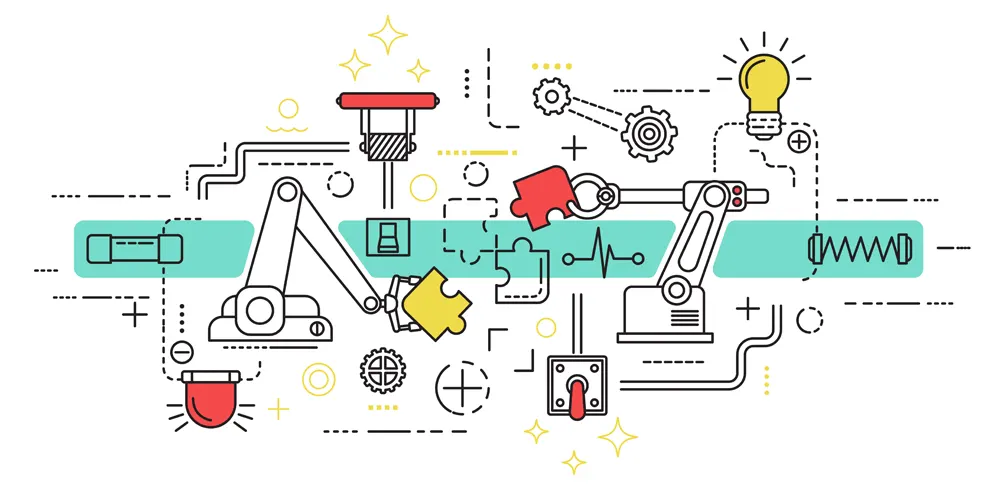
In the modern office, intelligence isn’t just about knowing who’s calling, it’s about what happens after the call. Human receptionists excel at thinking on their feet, but when it comes to backend tasks, they can feel like someone trying to play Tetris on a flip phone.
Notes get retyped, calendars updated manually, and errors or delays are inevitable. Even the best receptionist can’t escape the slow creep of paperwork.
AI receptionists, however, thrive in this digital arena. They integrate automatically with CRMs, calendars, and ticketing systems. Every call, message, or appointment is logged instantly, with zero typos or forgotten details.
It’s like having Jarvis from Iron Man running your front desk. Always aware, always organized, and never needing coffee breaks.
The business benefits are immediate. Seamless handovers mean that no customer query falls through the cracks. Teams can act on accurate, real-time information without chasing notes or correcting mistakes.
AI ensures consistency and efficiency, freeing human staff to focus on personal interactions that truly require a human touch.
So in the functional area, AI receptionists win with automation, integration, speed and reliability. Humans remain indispensable for empathy and judgment, but AI transforms the grunt work into a smooth, error-free workflow.
Persona, Voice, and Accent Flexibility

A human receptionist has a single voice, one accent, and a single style of interaction. Think of it like Steve Rogers, steadfast, reliable, but always the same.
No matter how charming, they can’t suddenly adopt a British accent for an overseas client or switch to a bubbly persona for a casual evening inquiry. The human front desk is limited by biology and personality.
AI receptionists, by contrast, are like Doctor Strange in the world of customer service, flexible, adaptive, and capable of taking on multiple identities at will.
They can switch voices, accents, and tones to suit the caller or context. Need a polished, corporate voice for a morning investor call? Done. A warmer, friendly tone for an evening customer support chat? Already activated. Multilingual support? Check.
It’s like having a receptionist who can be James Bond, Morgan Freeman, and Ellen DeGeneres all in one day, without breaking a sweat.
The business advantage is clear. AI receptionist voice options and virtual assistant accent matching allow companies to match customer expectations and regional preferences seamlessly.
Humans excel at charm and nuance, but when flexibility and scalability are required, AI transforms the front desk into a multilingual, multitalented performer.
Accuracy, Security, and Data Handling
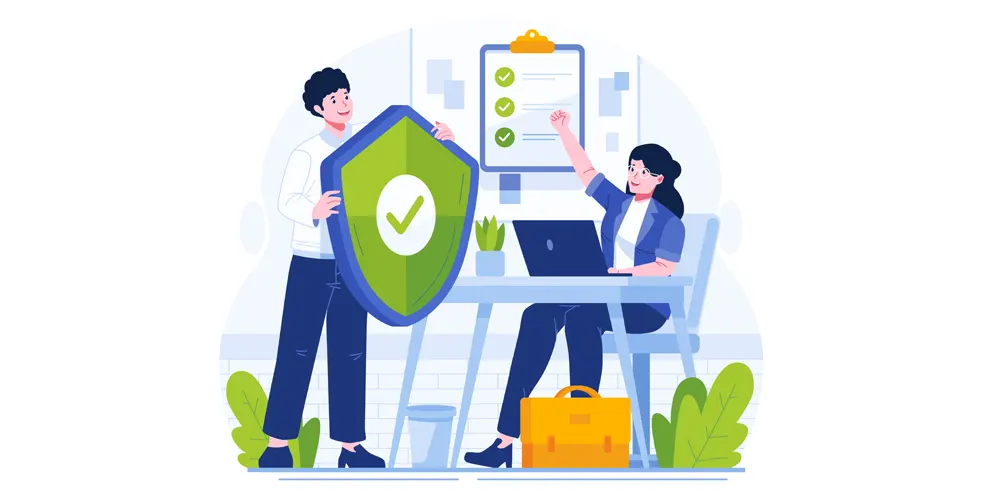
When it comes to accuracy, human receptionists are like Ross Geller yelling “We were on a break!” sometimes clear, sometimes wildly misinterpreted. Mishearing a phone number or miswriting an appointment is all too common.
They rely on discretion, yes, but they’re also vulnerable to fatigue, distractions, and the occasional “did you say 15 or 50?” moment.
AI receptionists, on the other hand, are more like Jarvis from Iron Man: they log everything, produce analytics dashboards, and never forget a detail. Every call, every appointment, every note is securely stored and searchable.
But even Jarvis can glitch, bias in training data or technical errors can creep in. Still, unlike humans, you can patch an AI’s vulnerabilities.
You can’t exactly install “Anti-Gullible v2.0” in a human receptionist to stop them from handing confidential info to a smooth-talking social engineer with a fake accent.
Security is another key arena. Humans bring trust, but they can be tricked. AI receptionists lean on cloud-based encryption and compliance protocols, offering secure receptionist features that scale for medical or legal offices.
The trade-off? Call accuracy AI vs human shows clear AI wins in data logging and consistency, while humans remain charmingly, but riskily, human.
The Money Question: Paying a Salary vs a Subscription

Money talks, and when it comes to receptionists, the price tag often makes the loudest argument. A full-time human receptionist in the U.S. typically earns around $35,000–$40,000 per year, and in the U.K. about £22,000–£25,000.
Add benefits like healthcare, paid leave, training, and the occasional sick day, and the real cost can climb to $50,000+ annually. Factor in turnover and downtime, and suddenly your “front desk hero” starts looking more like a luxury purchase than a baseline necessity.
AI receptionists flip the model. Instead of a salary, you get a SaaS subscription. For example, an AI receptionist might cost $1,000 per month all-inclusive.
That’s $12,000 per year for a system that never asks for a raise, never takes vacation, and answers calls at 2 a.m. with the same enthusiasm as 9 a.m.
It’s like paying for Netflix, but instead of binge-watching Stranger Things, your business gets 24/7 call answering, CRM integration, and scheduling automation.
Side by side, the difference is stark:
- Human receptionist: $50k+ yearly (salary, benefits, hidden costs).
- AI receptionist: $12k yearly (flat subscription, no overtime).
In the “cost of hiring receptionist” debate, AI receptionist pricing is difficult to ignore. Virtual receptionist costs are predictable, scalable, and often dramatically lower than hiring a team of humans.
Humans still bring warmth and improvisation, but when spreadsheets rule the decision, AI makes CFOs smile. The businesses can sleep soundly knowing someone or something is always on duty.
A Quick Glance Over the Comparison So Far
| Feature / Factor | Human Receptionist | AI Receptionist | Notes / Additional Advantages |
|---|---|---|---|
| Availability | 9–5, limited by shifts, sick days, vacations | 24/7, no breaks, instant response | AI handles global customers and peak-hour surges effortlessly |
| Customer Experience | Empathy, tone adjustment, reading cues | Consistent, neutral, follows rules | AI ensures consistent brand voice; humans excel at emotional nuance |
| Scalability | One call at a time, costly to add staff | Multiple simultaneous calls, omnichannel | AI grows with business demand without extra headcount |
| Cost | $35k–$50k+ annually (US), £22k–£25k+ (UK) | ~$12k annually ($1,000/month subscription) | Predictable costs, no overtime or benefits |
| CRM & Scheduling Integration | Manual updates, prone to errors | Automatic syncing with CRM, calendars, ticketing systems | Seamless workflow and accurate data capture |
| Persona, Voice & Accent | Single voice and style | Switchable voices, accents, tones | Can tailor interactions to regional preferences or customer type |
| Accuracy & Data Handling | Human error possible, discretion only | Logs everything, analytics dashboards, patchable | Secure receptionist with cloud encryption; immune to social engineering |
| Speed & Efficiency | Limited by human processing and multitasking | Instant responses, handles high volume efficiently | Reduces wait times and missed opportunities |
| Consistency | Mood and fatigue can affect performance | Always consistent | Ensures standard adherence to company policies |
| Additional Advantages | — | Multilingual support, reporting & analytics, 24/7 availability, automated reminders, seamless integration with other tools | Enhances productivity, reduces human errors, supports global expansion |
Final Thoughts
Choosing between a human and an AI receptionist is like picking between Captain America and Iron Man. One brings heart, empathy, and improvisation. The other delivers speed, consistency, and 24/7 reliability.
Humans read moods and calm frustrated callers. AI never misses a call, never forgets a detail, and never asks for a day off.
For most businesses, the choice isn’t strictly one or the other. A hybrid approach often works best. Let AI handle the volume, the rules, and the late-night calls. Let humans step in for empathy, judgment, and high-touch moments.
In the end, it’s about finding balance. Your front desk can be both charming and tireless. The real win? Happy customers, smooth operations, and a receptionist strategy that works around the clock, without breaking the bank.





